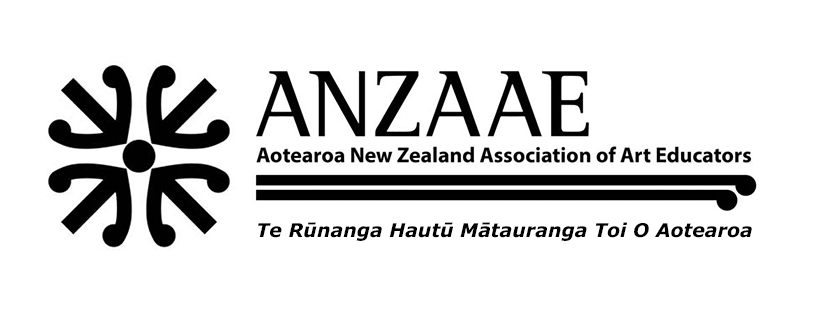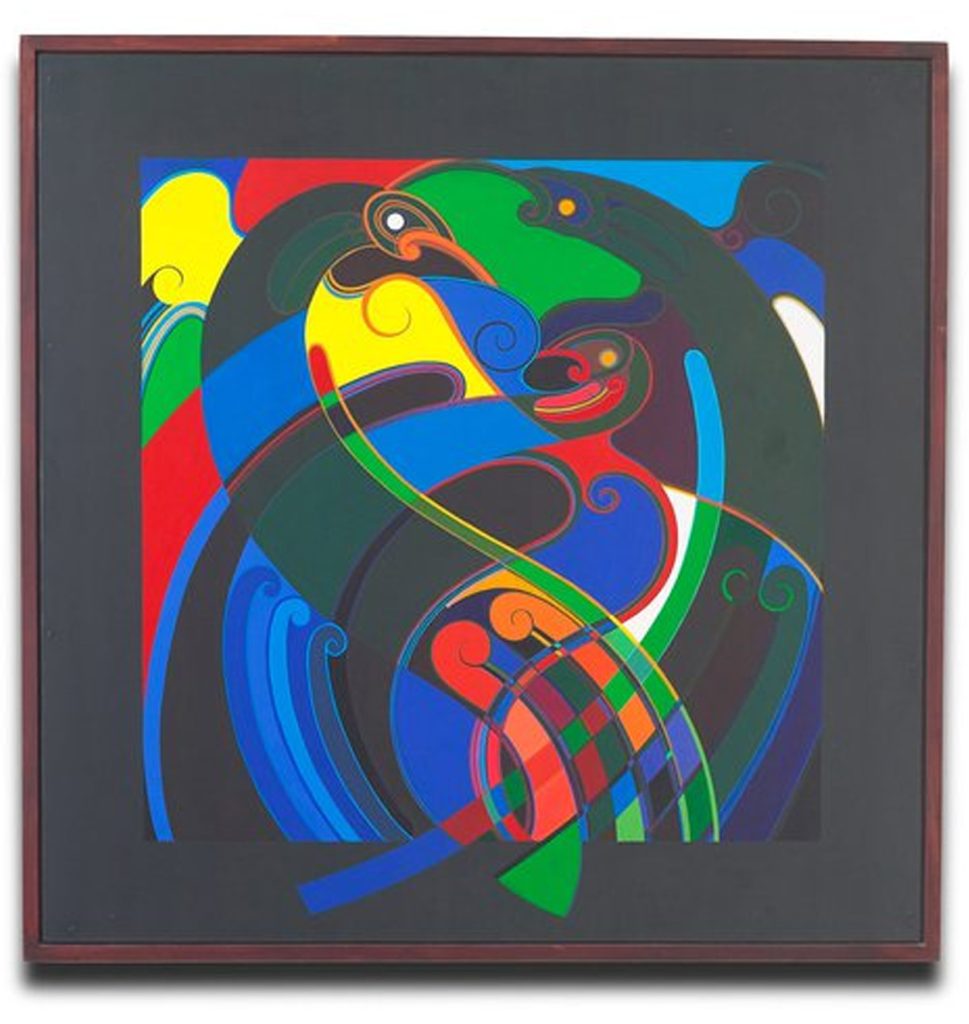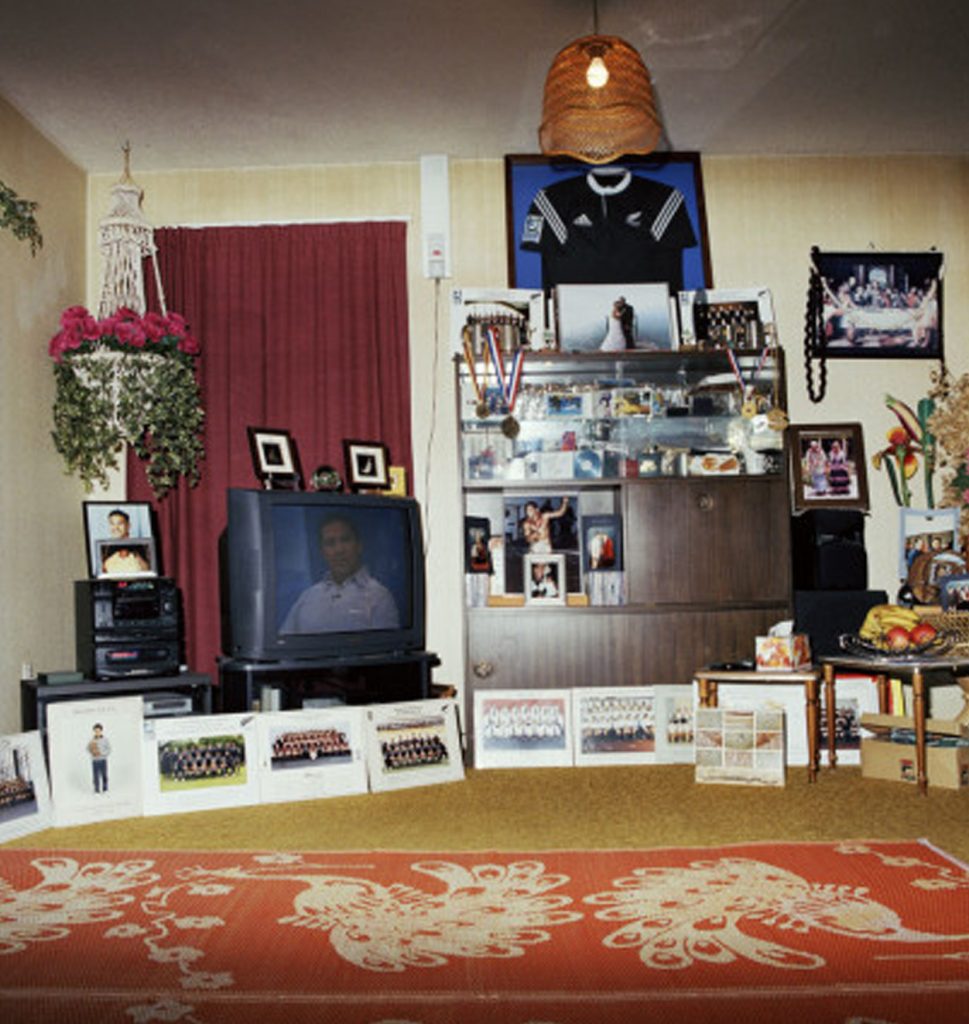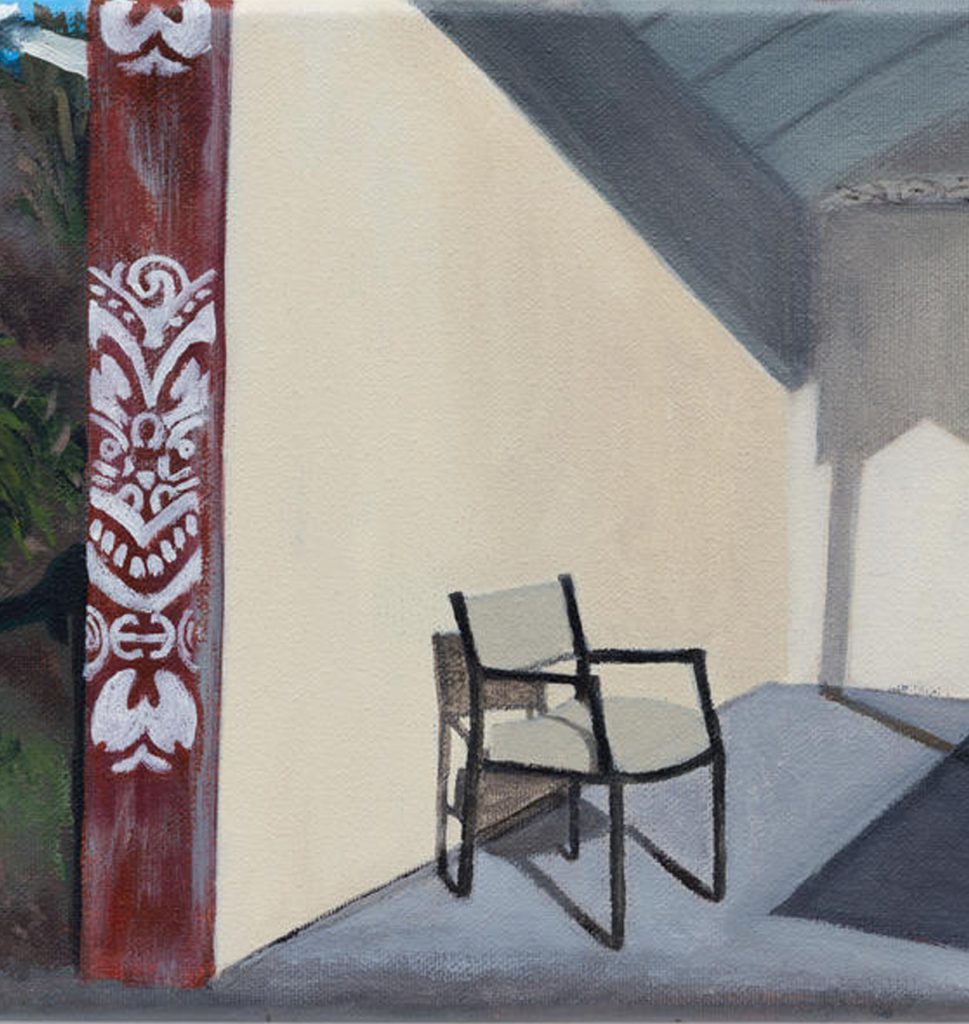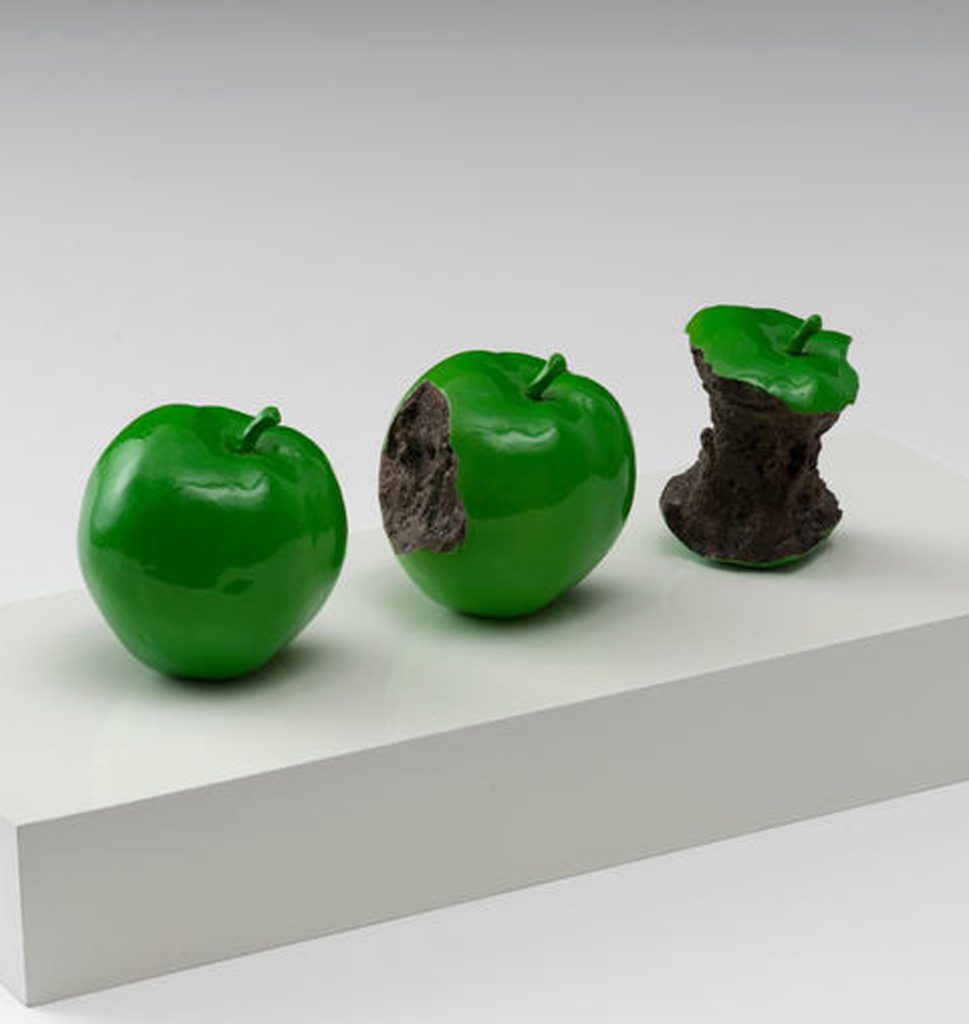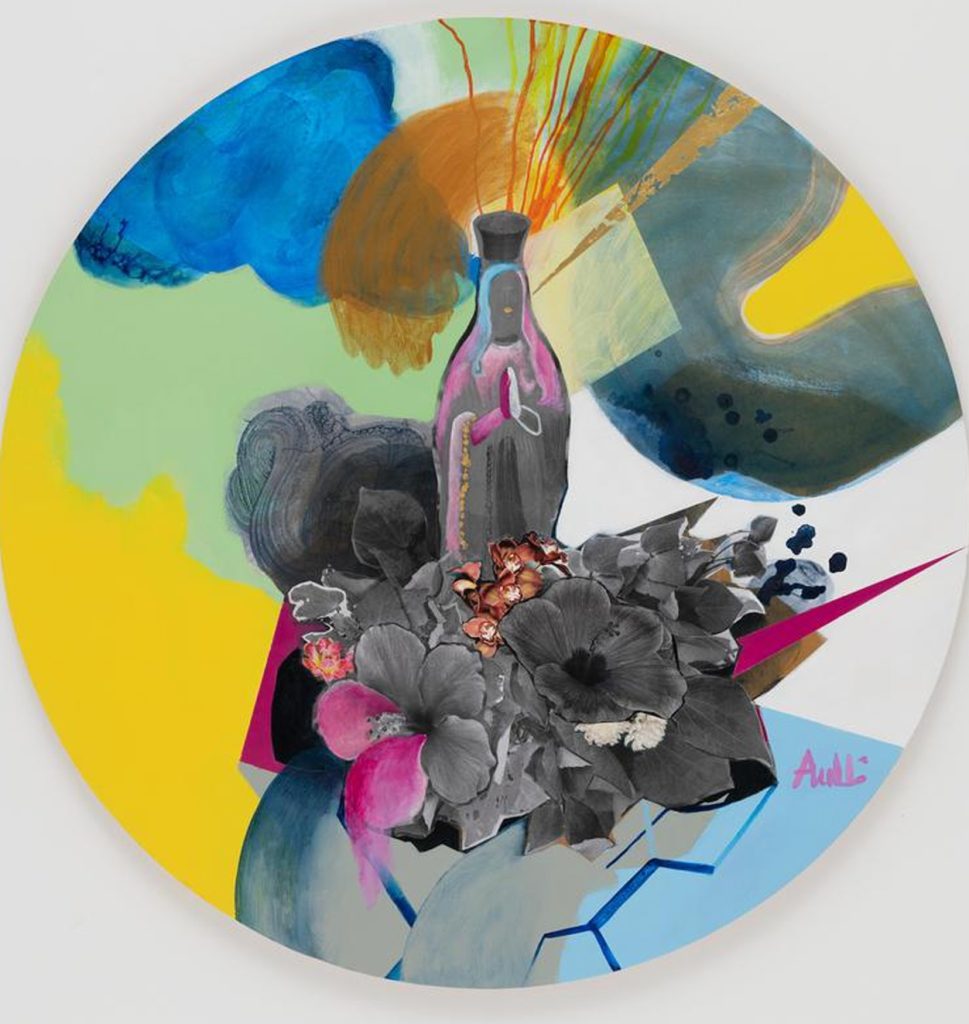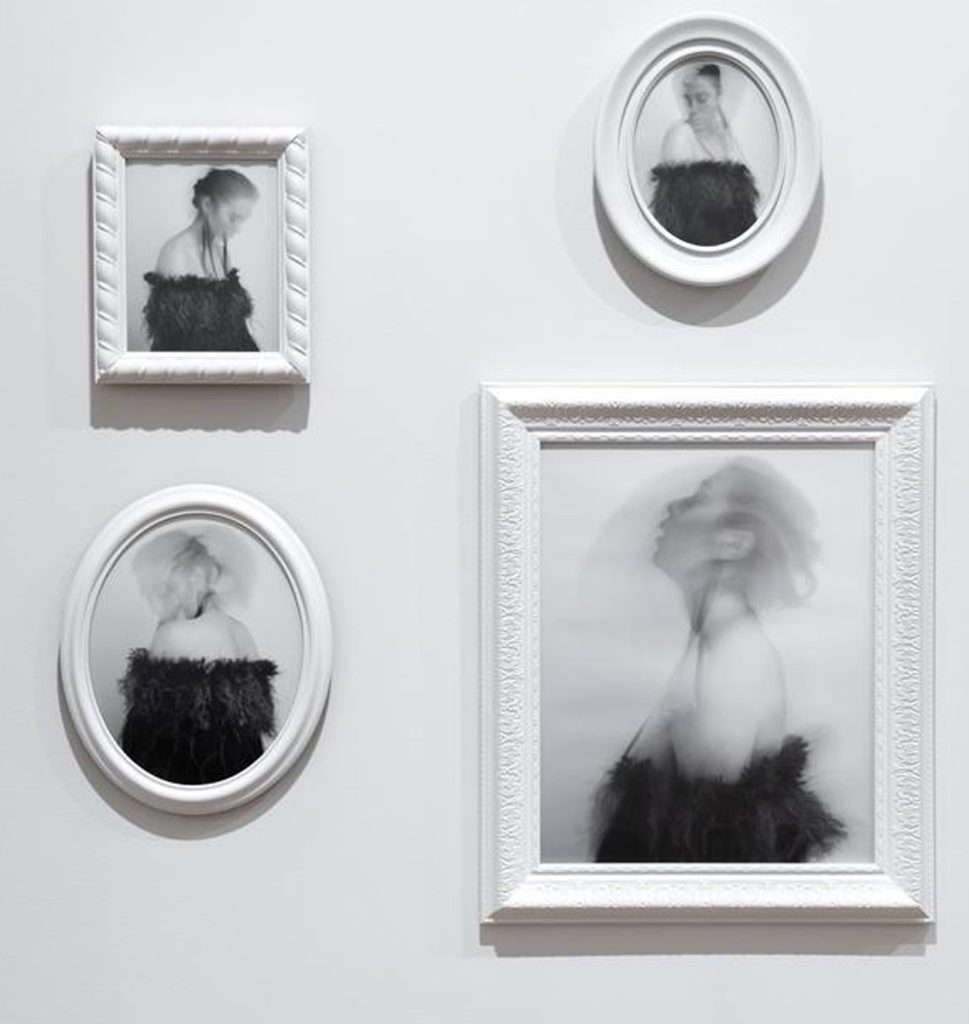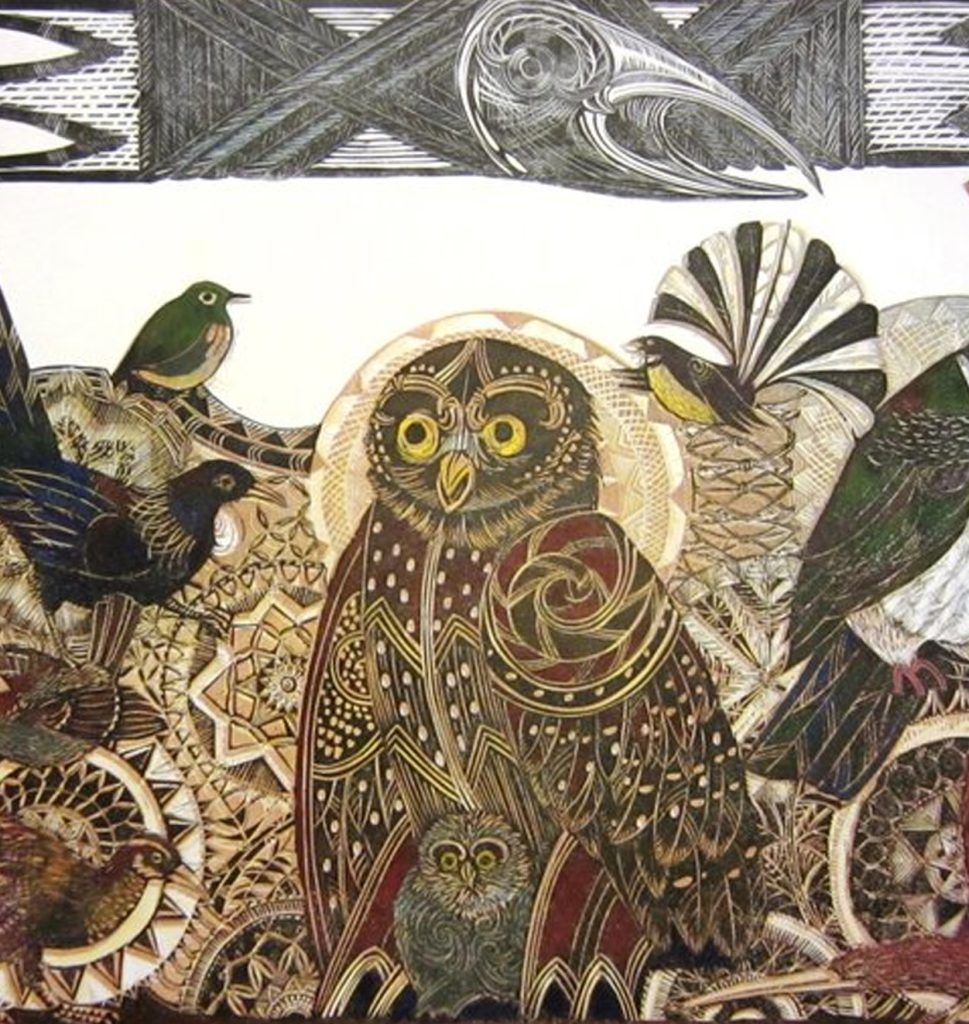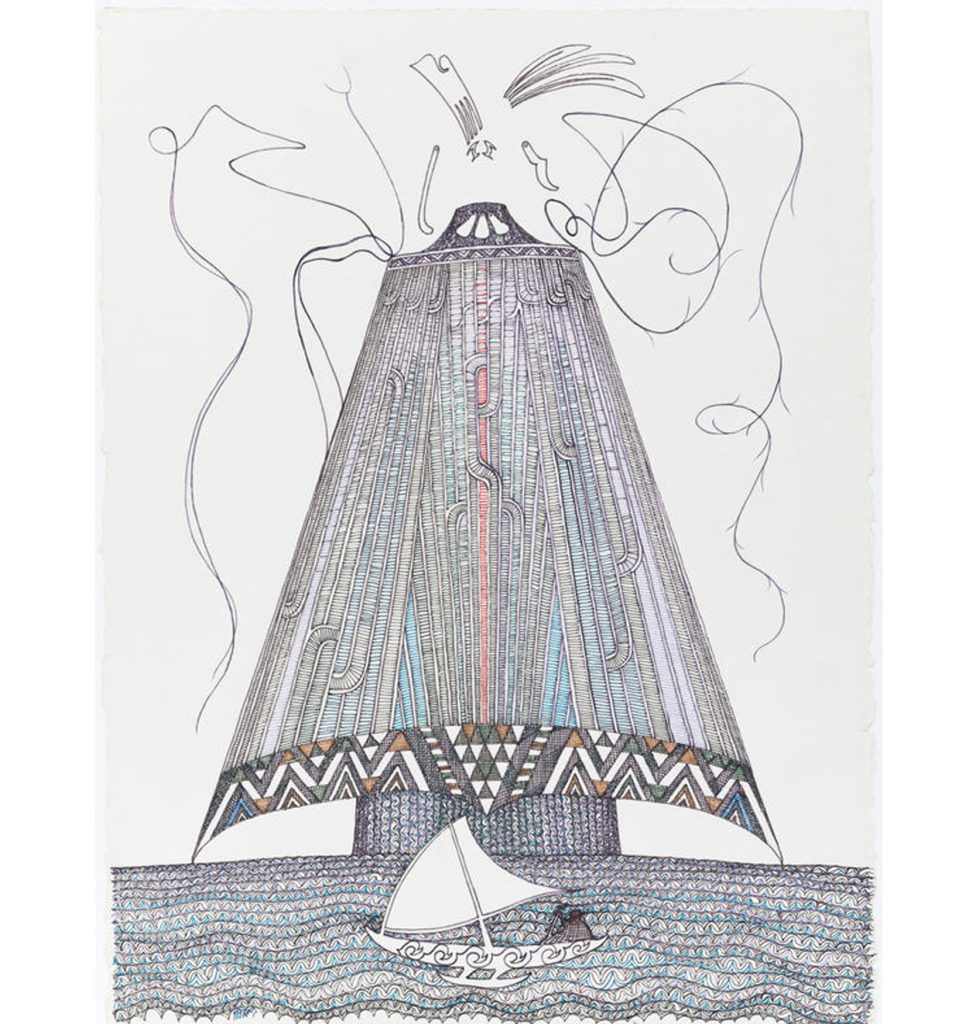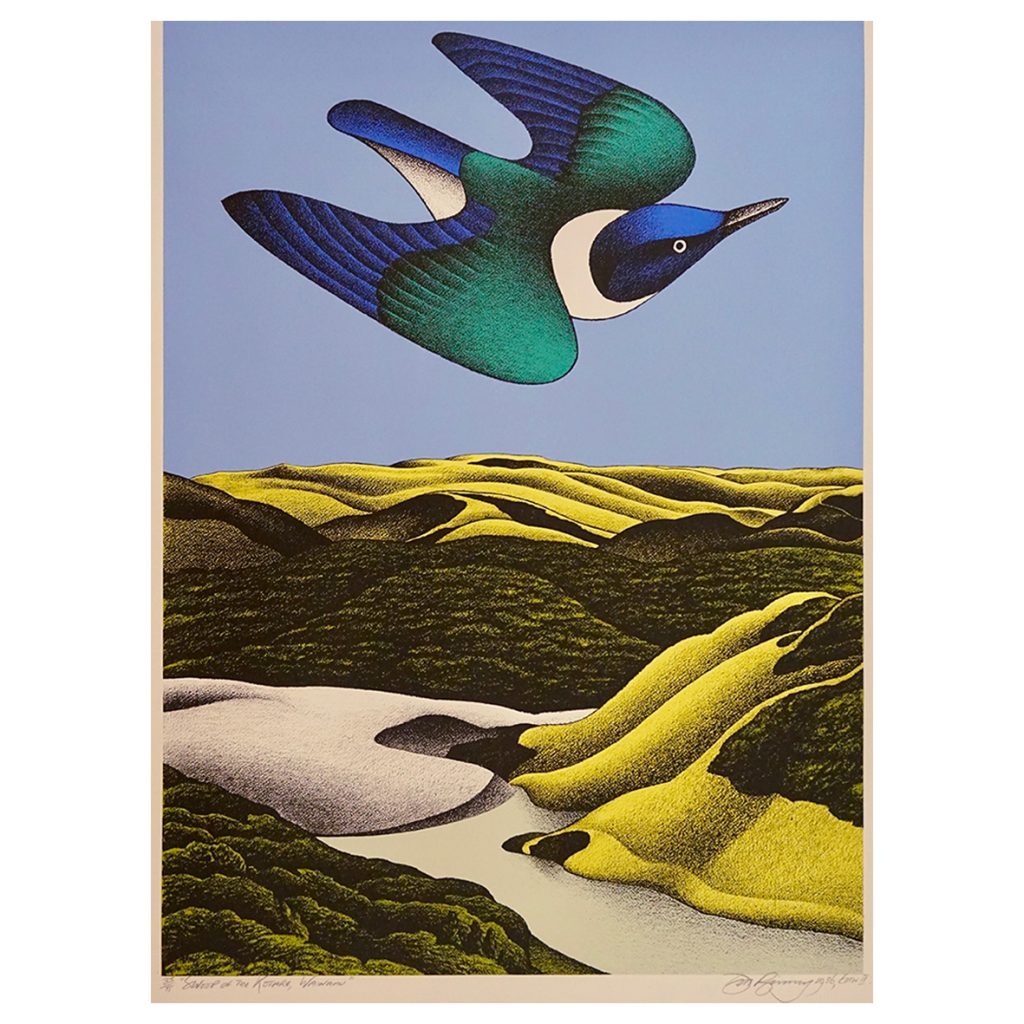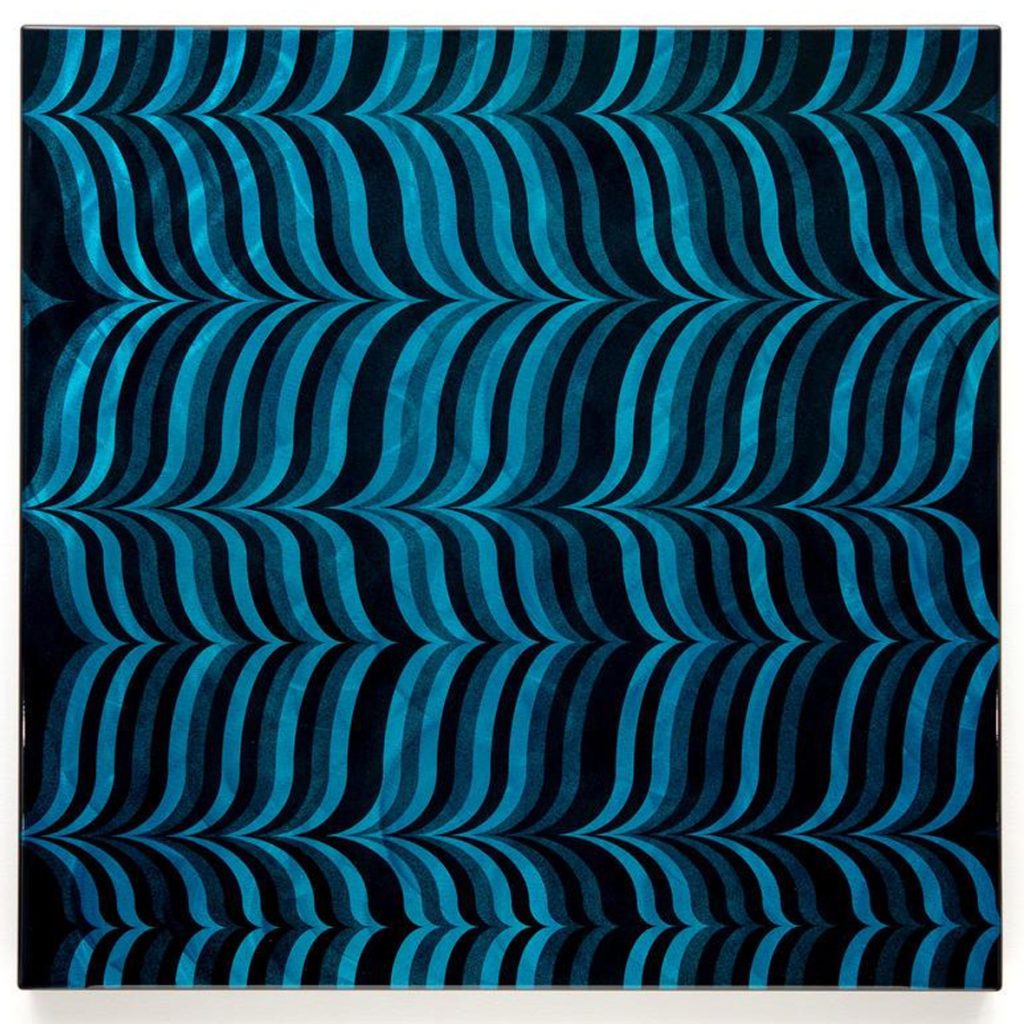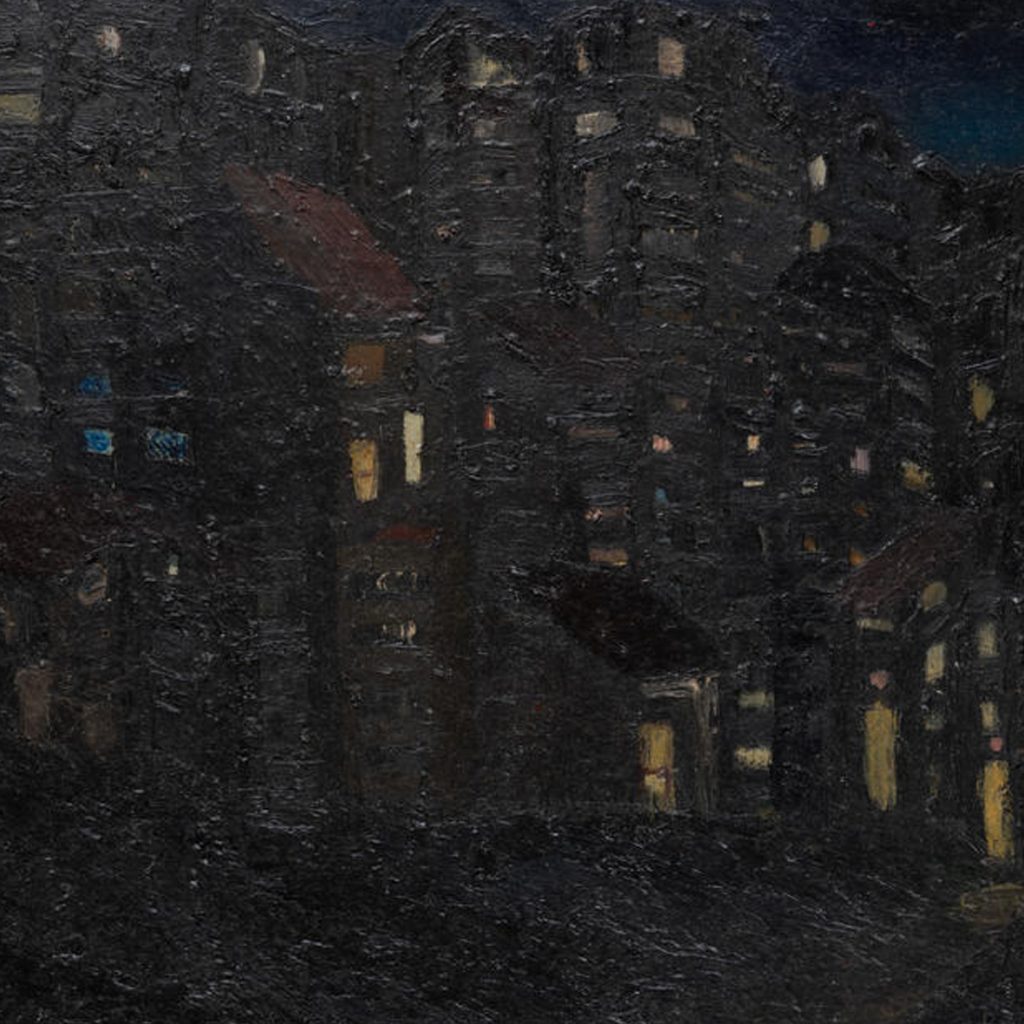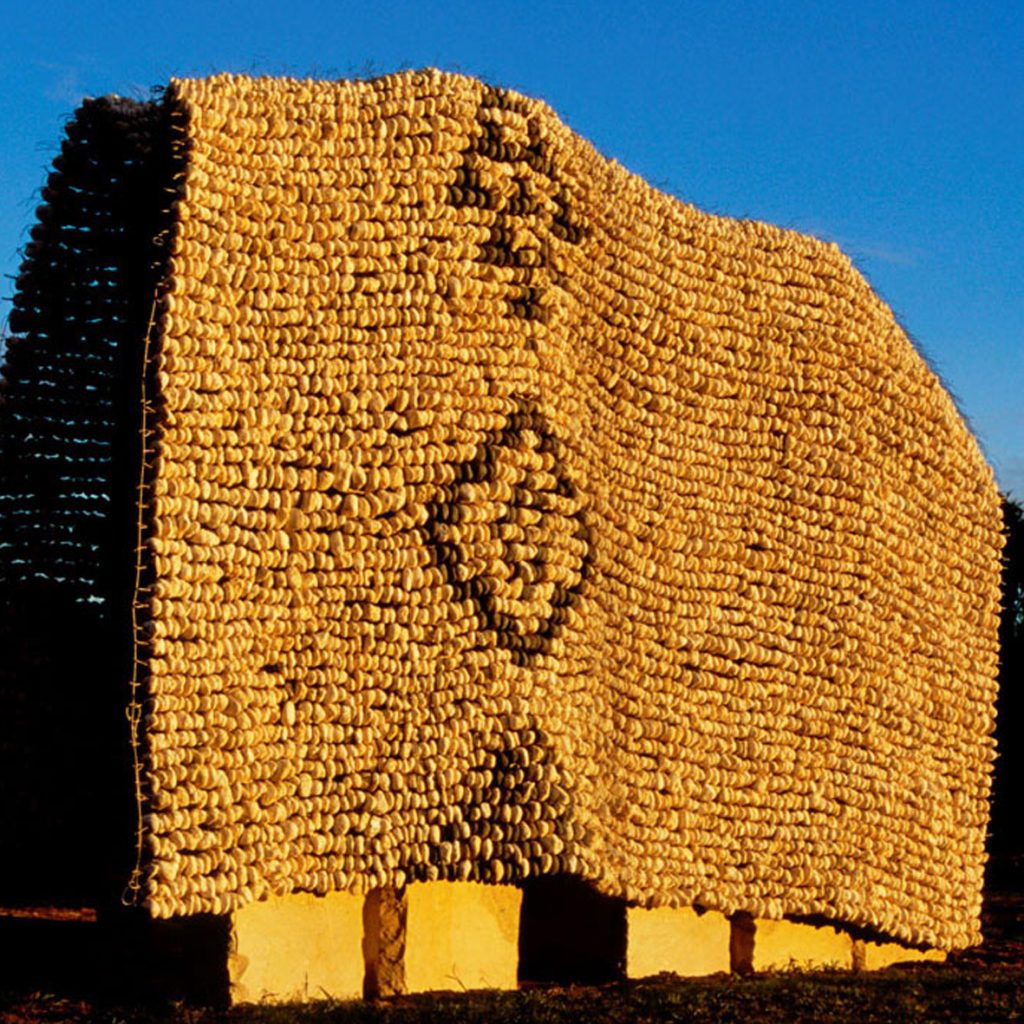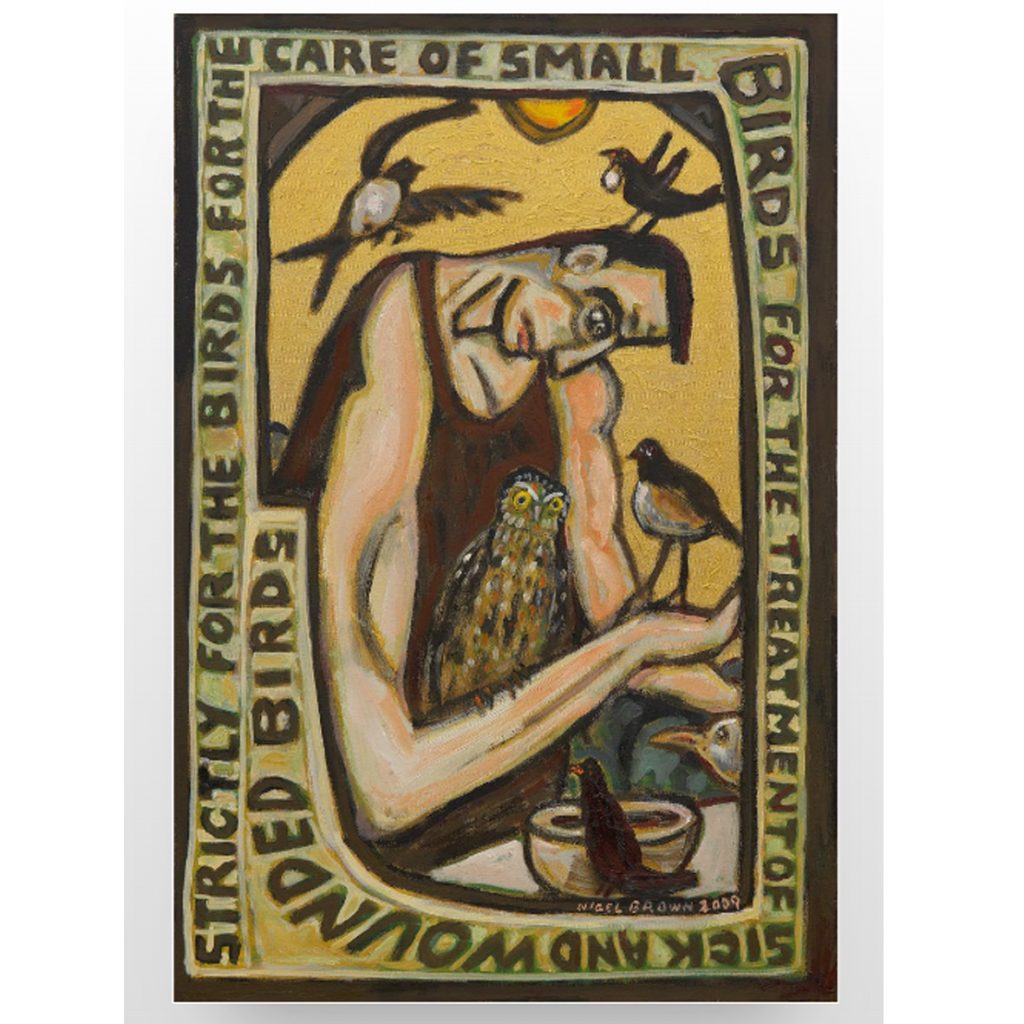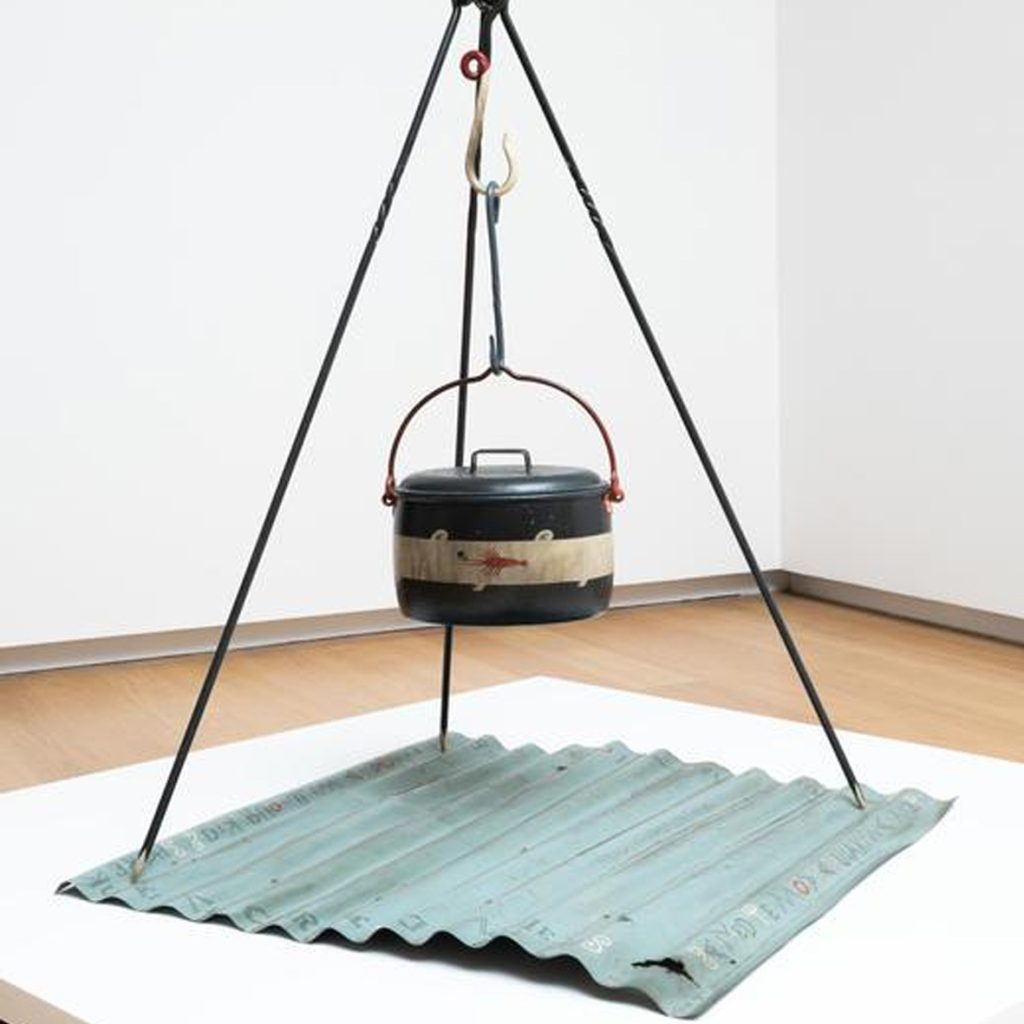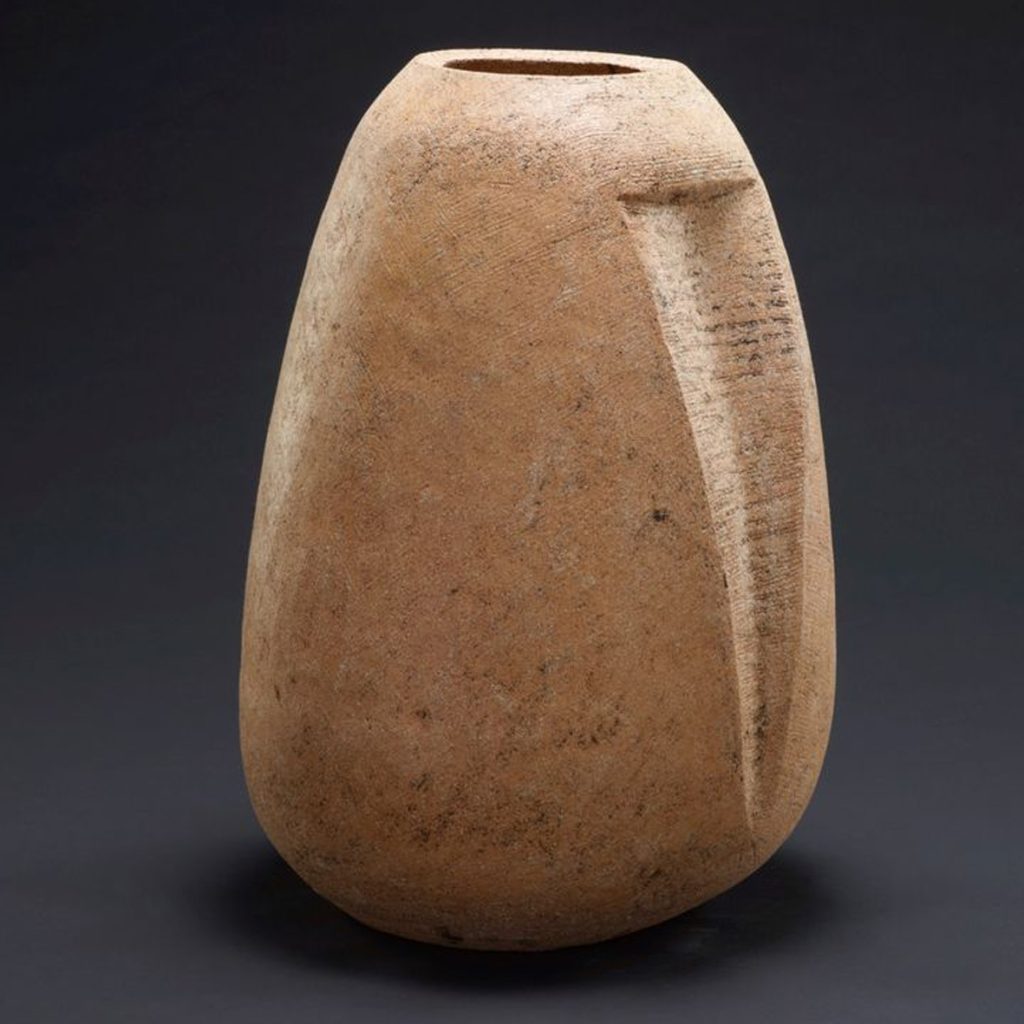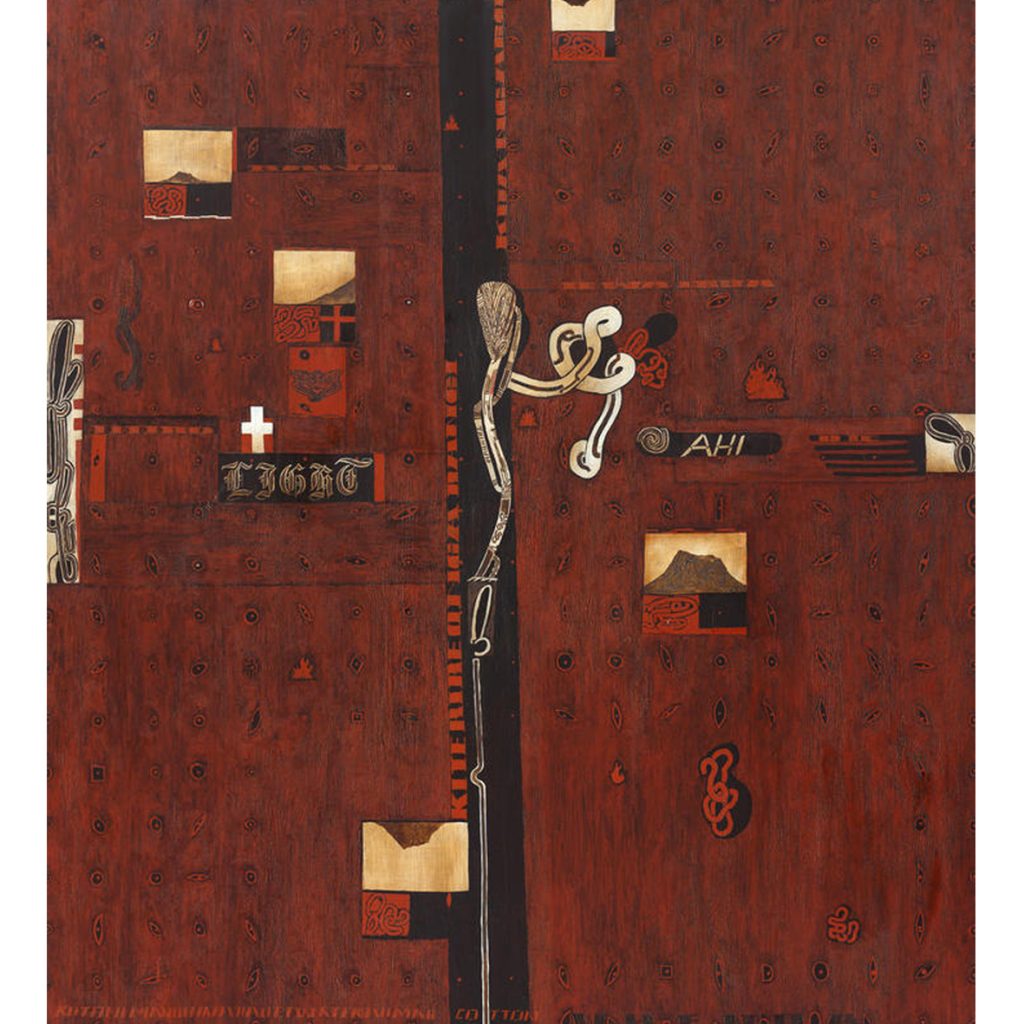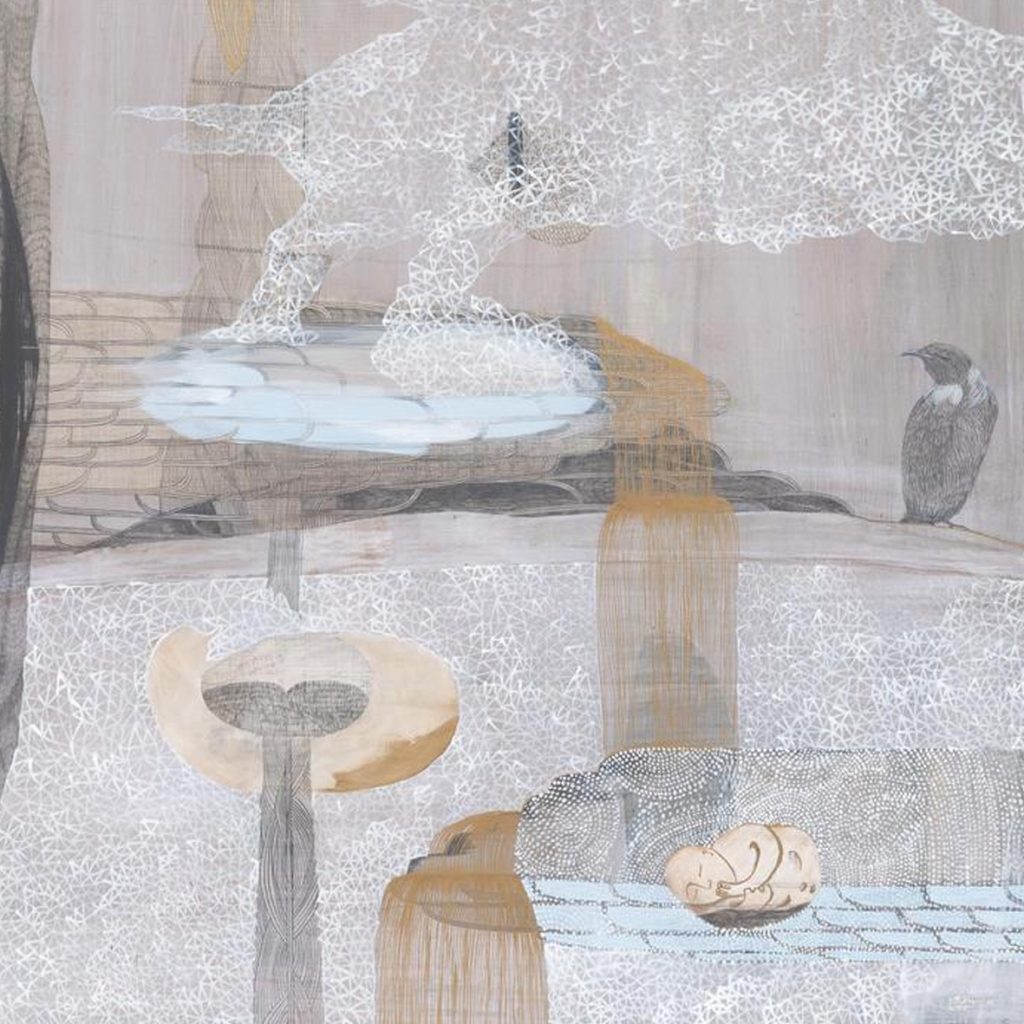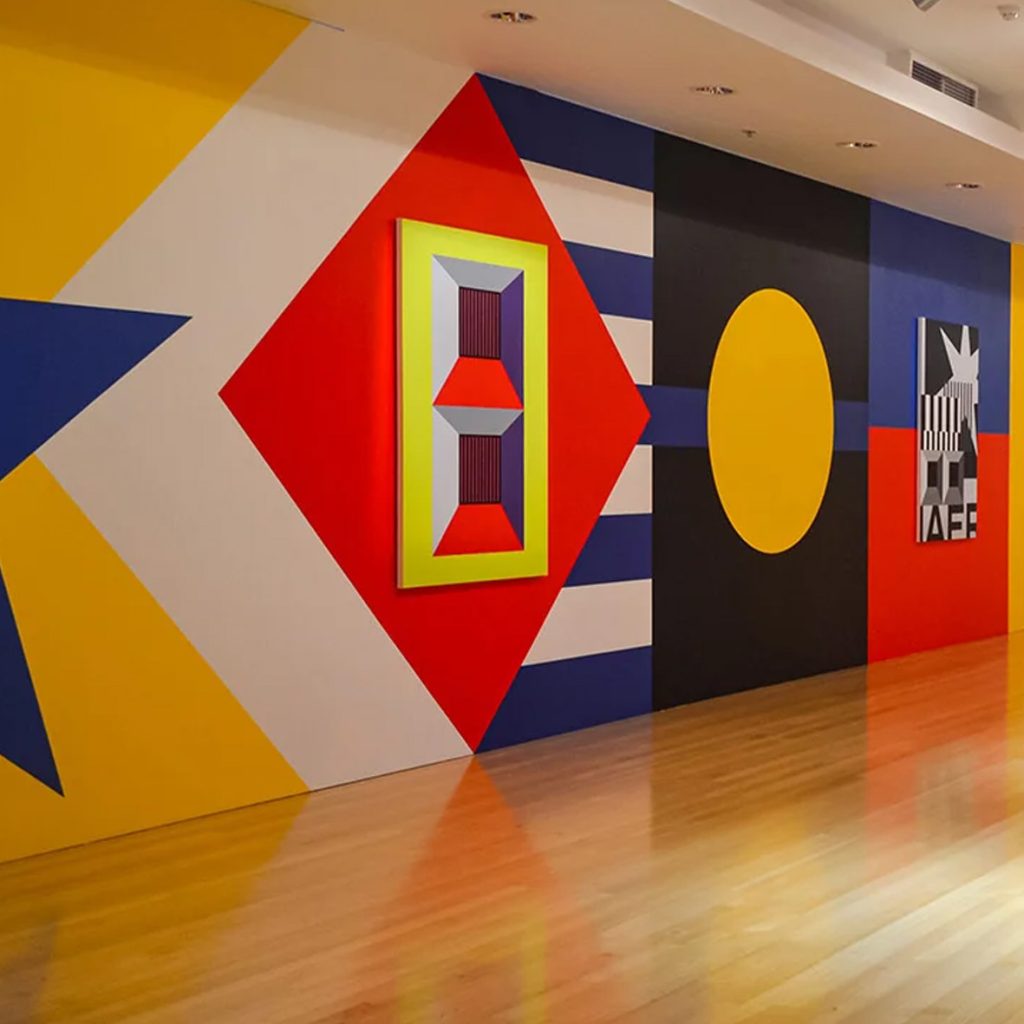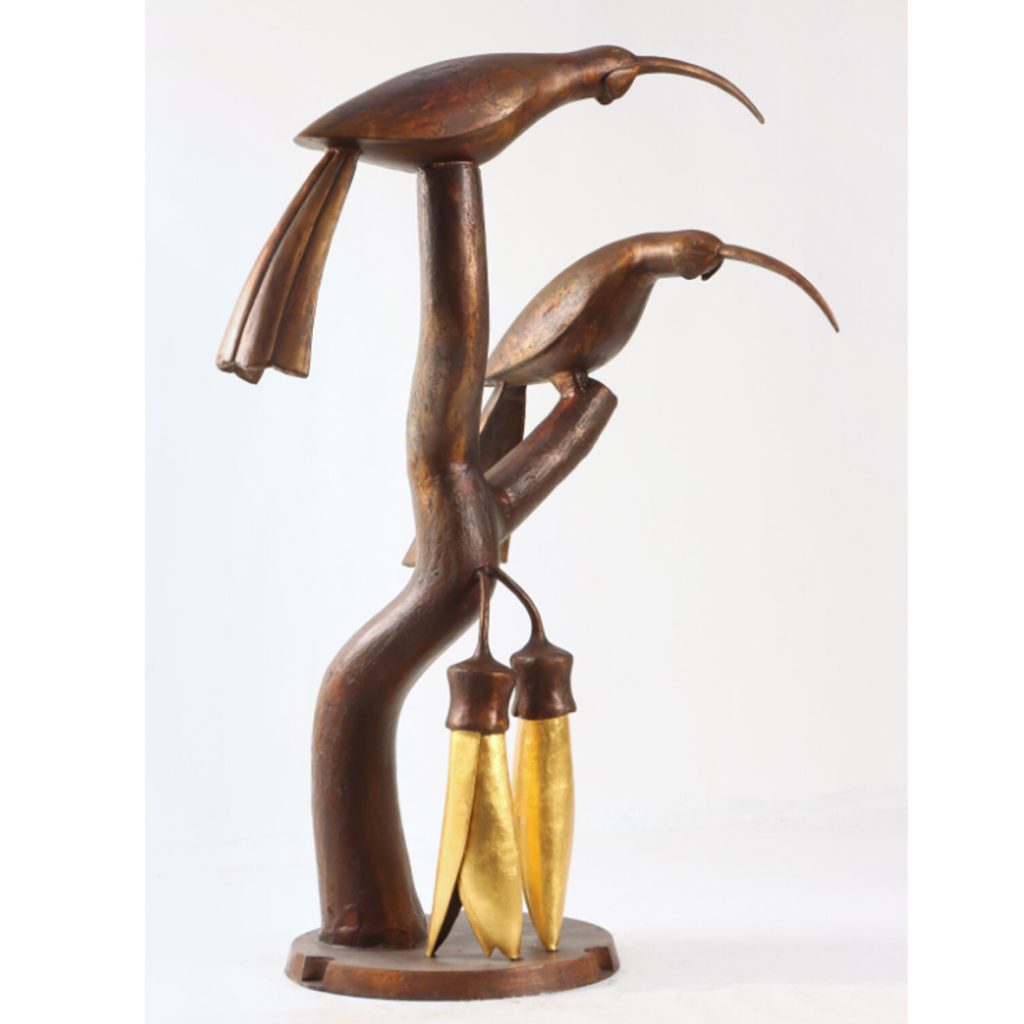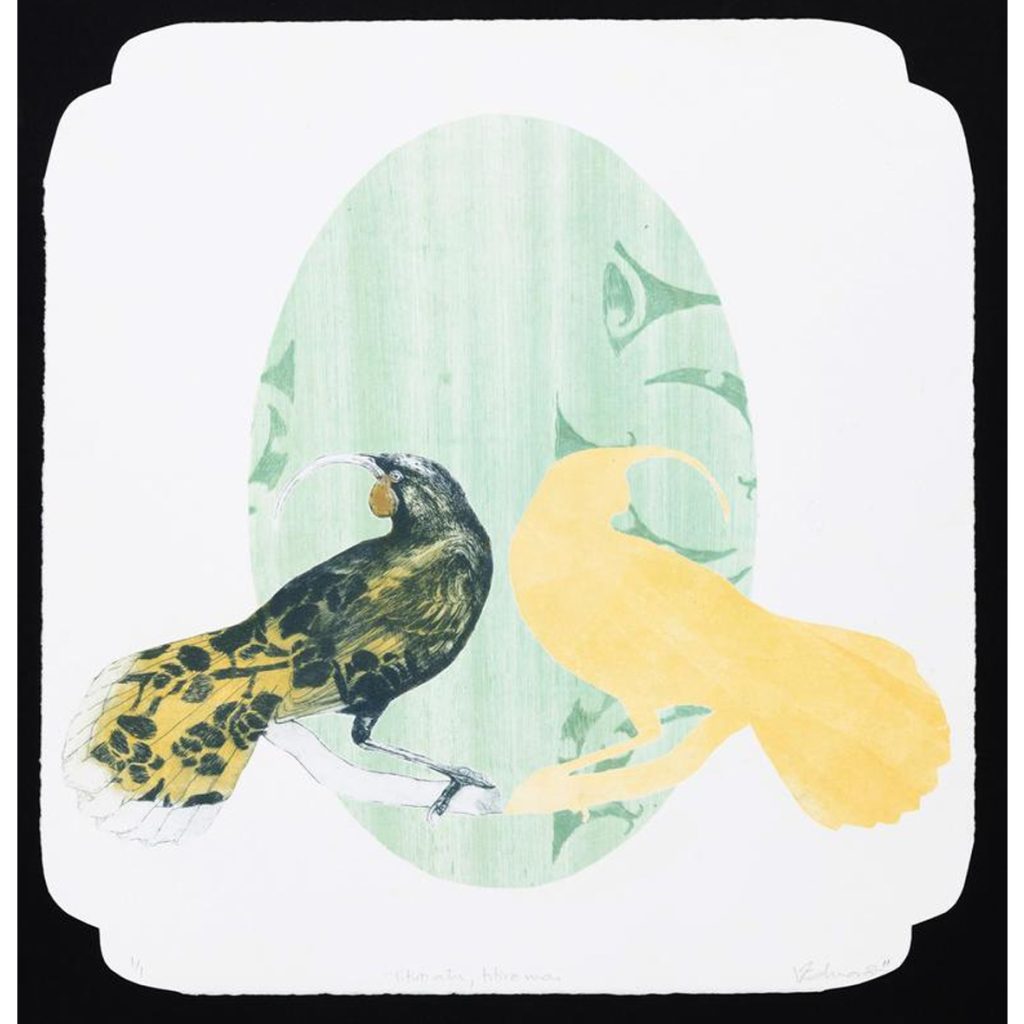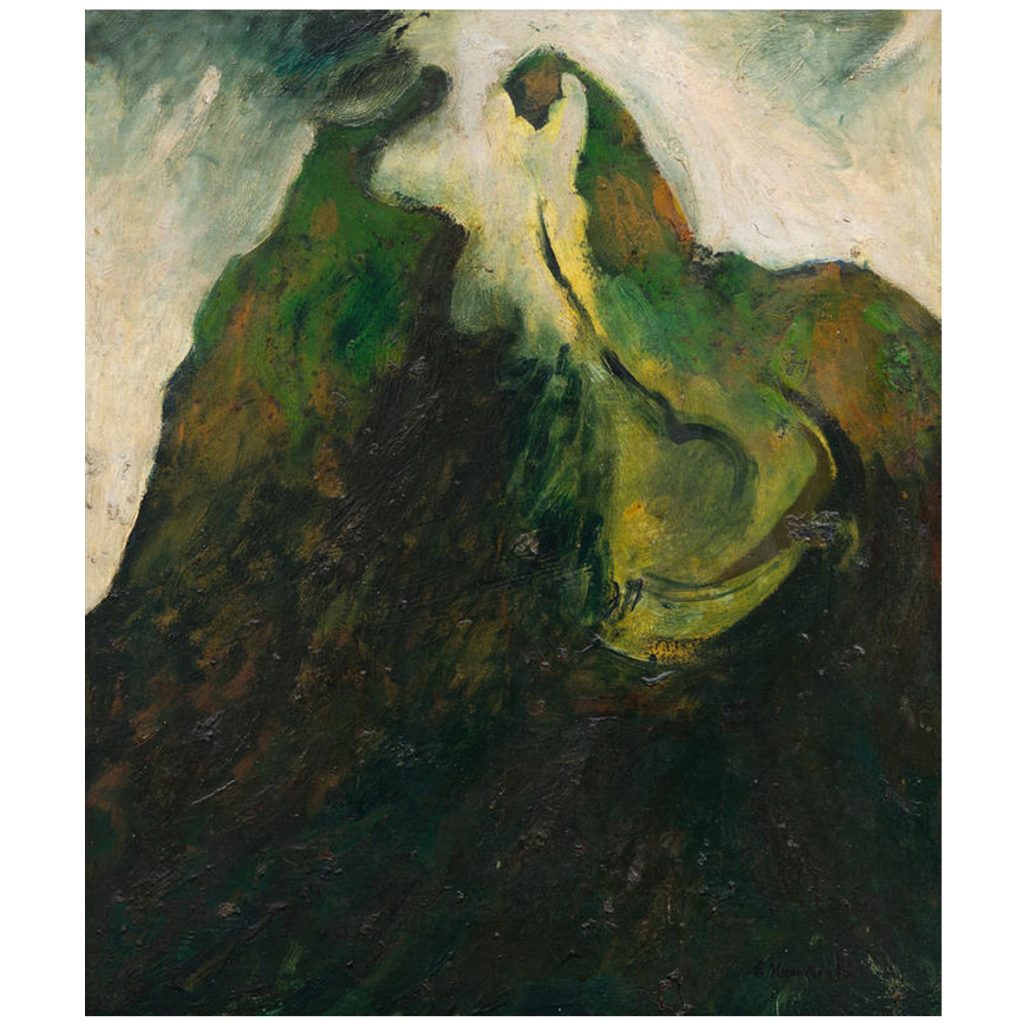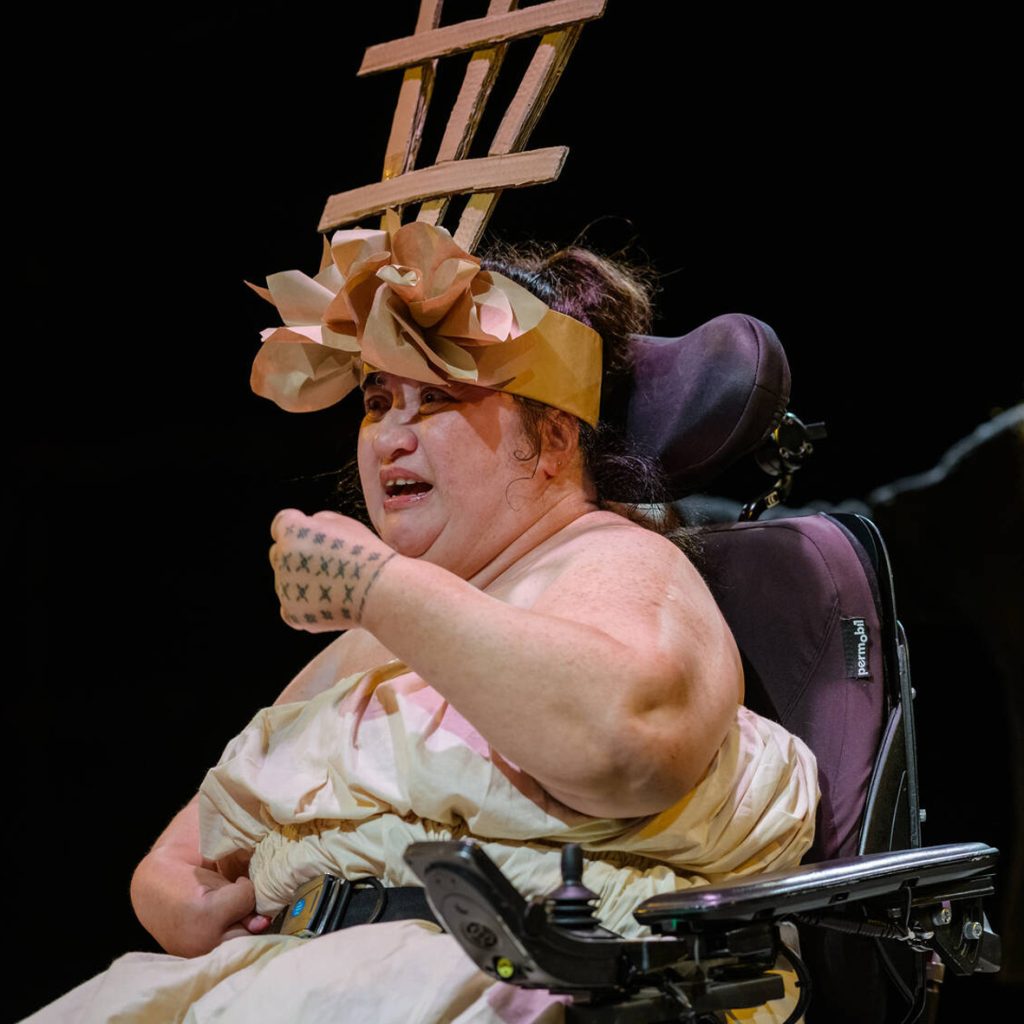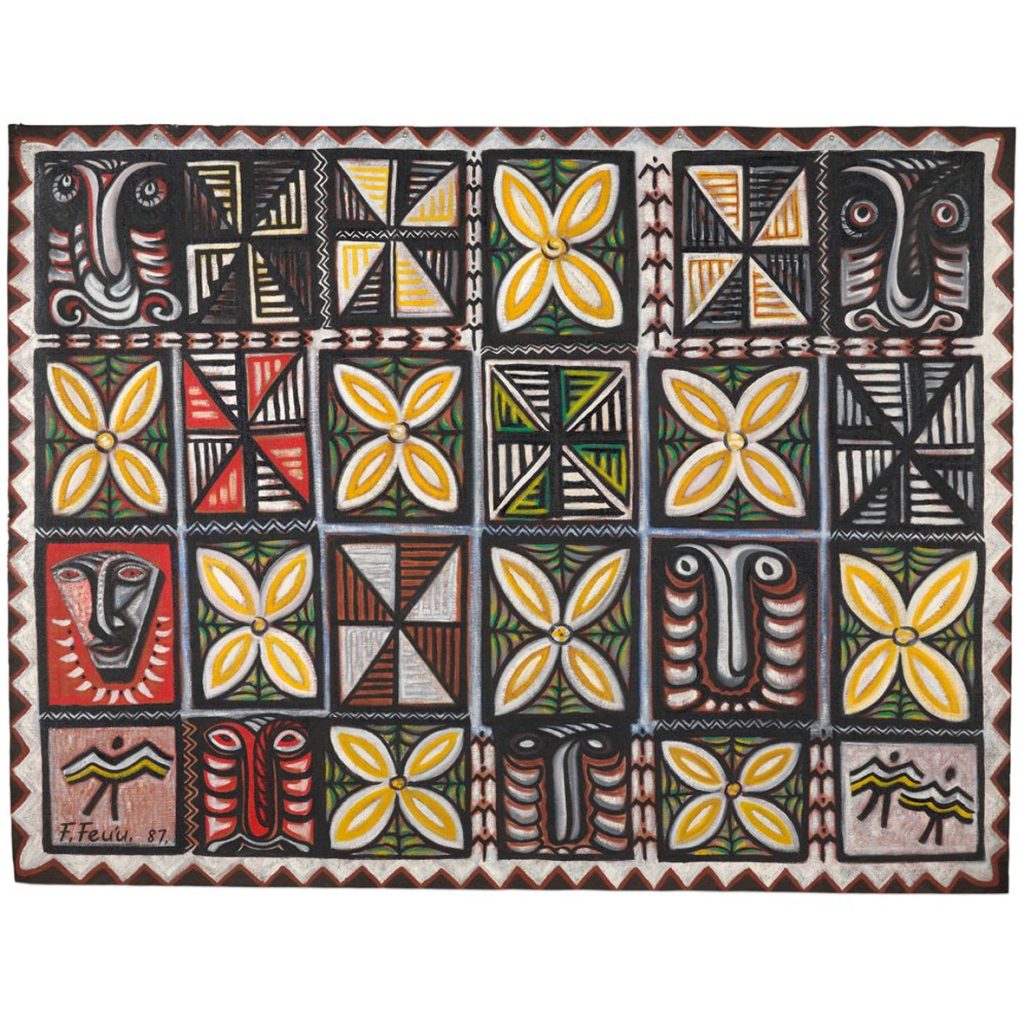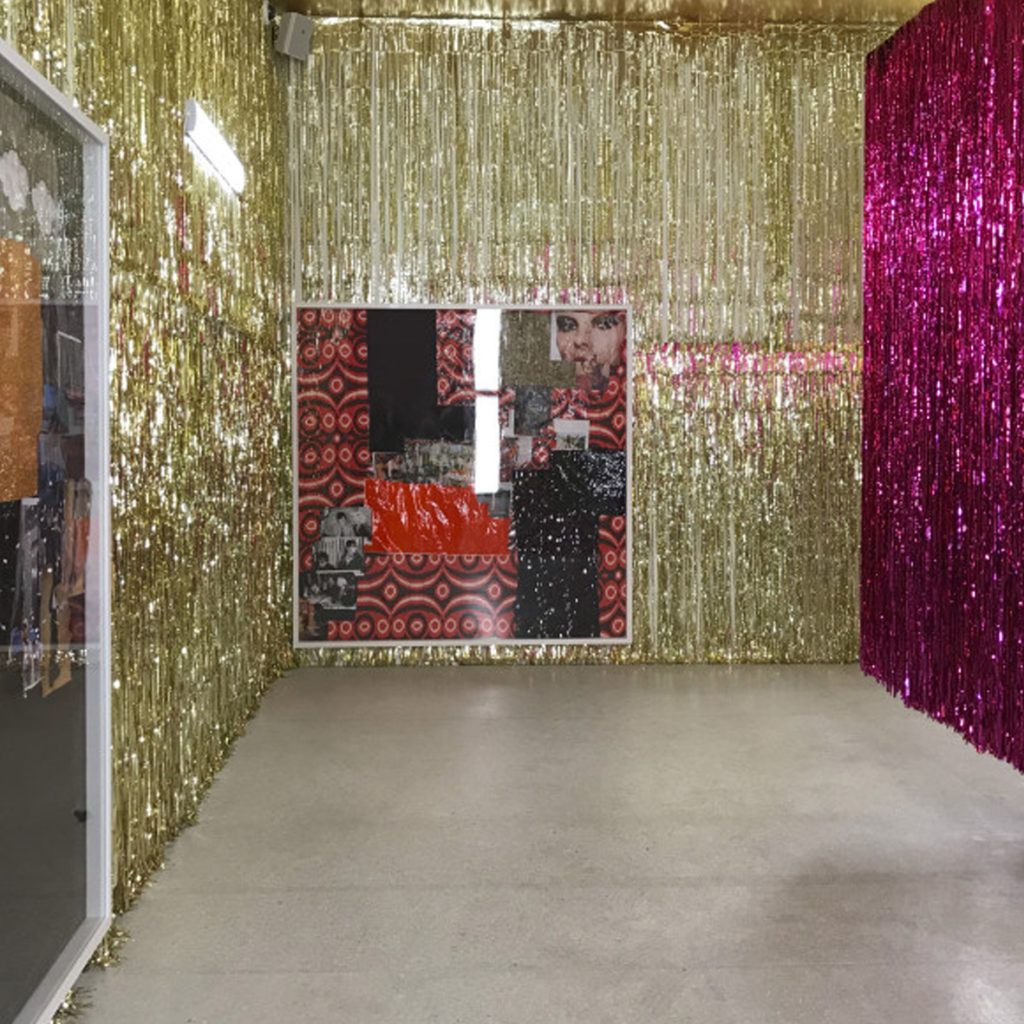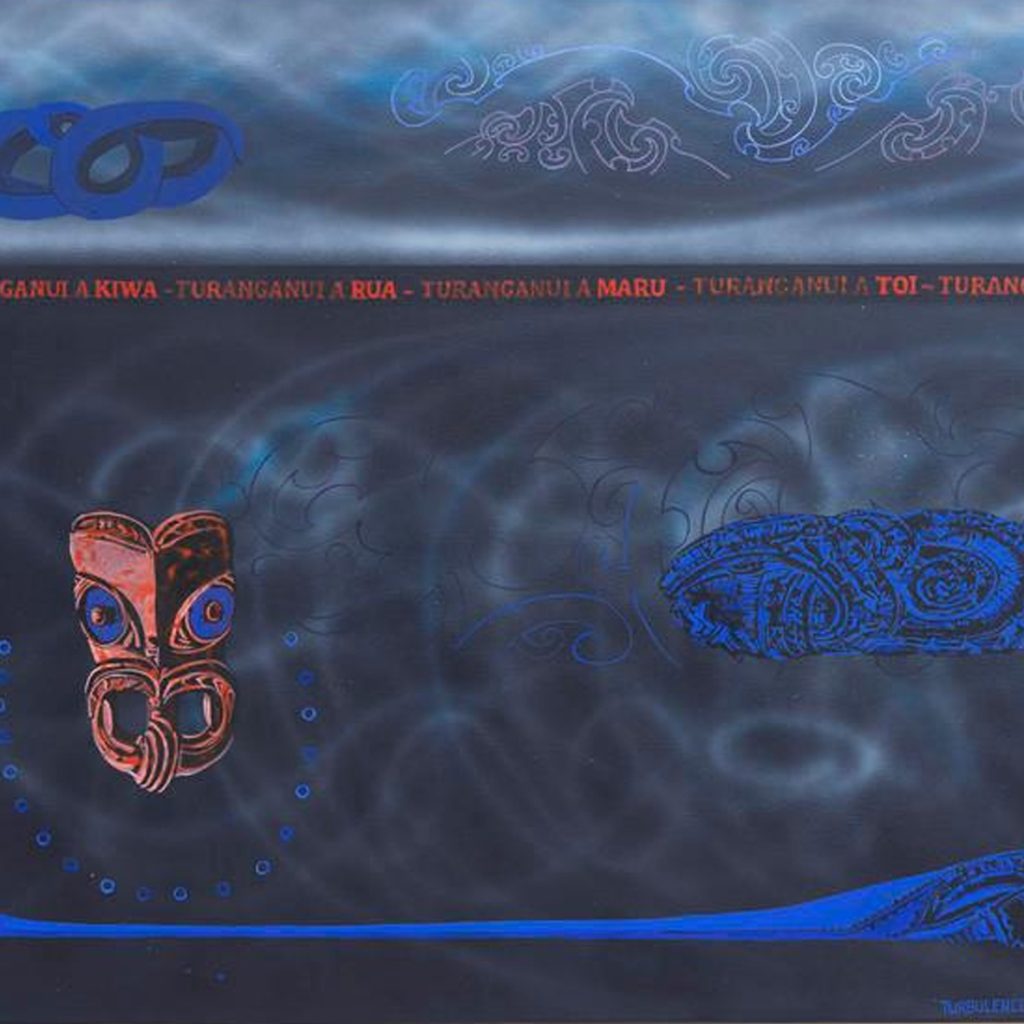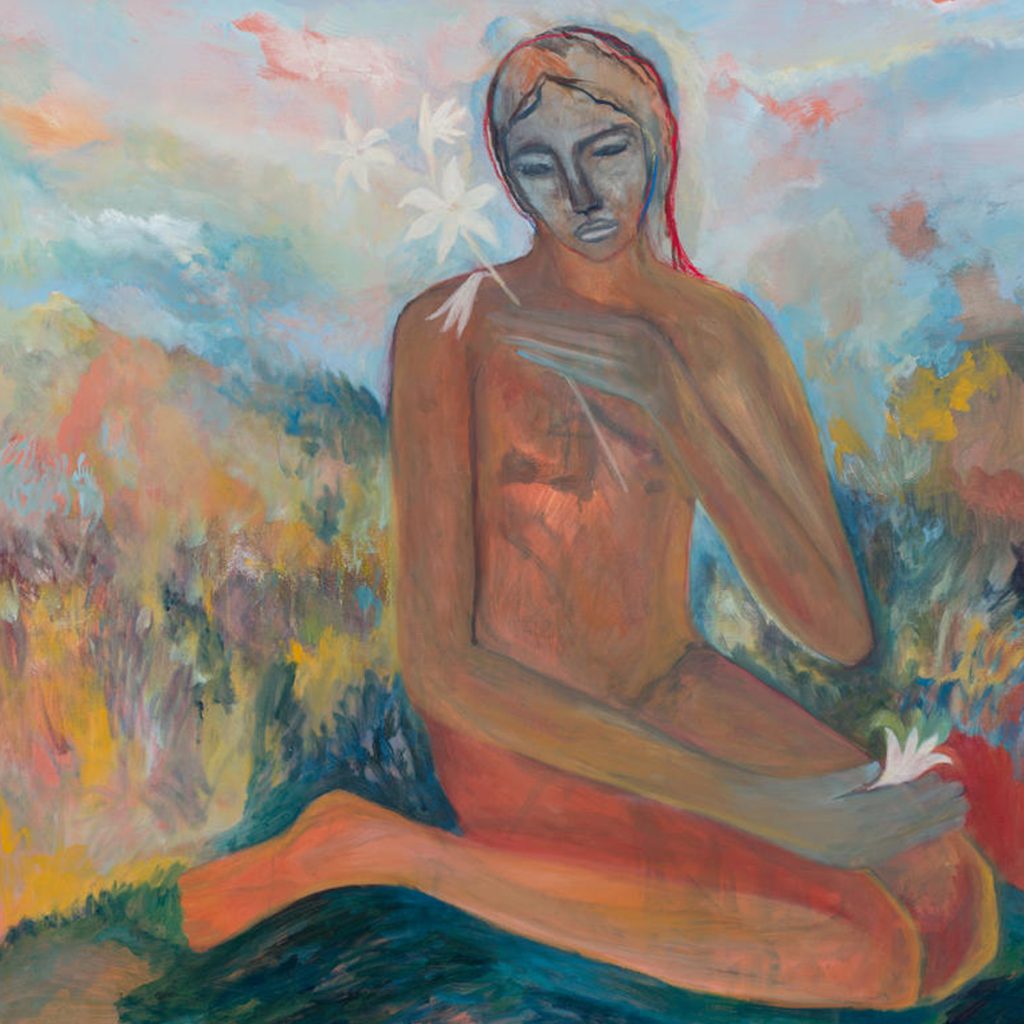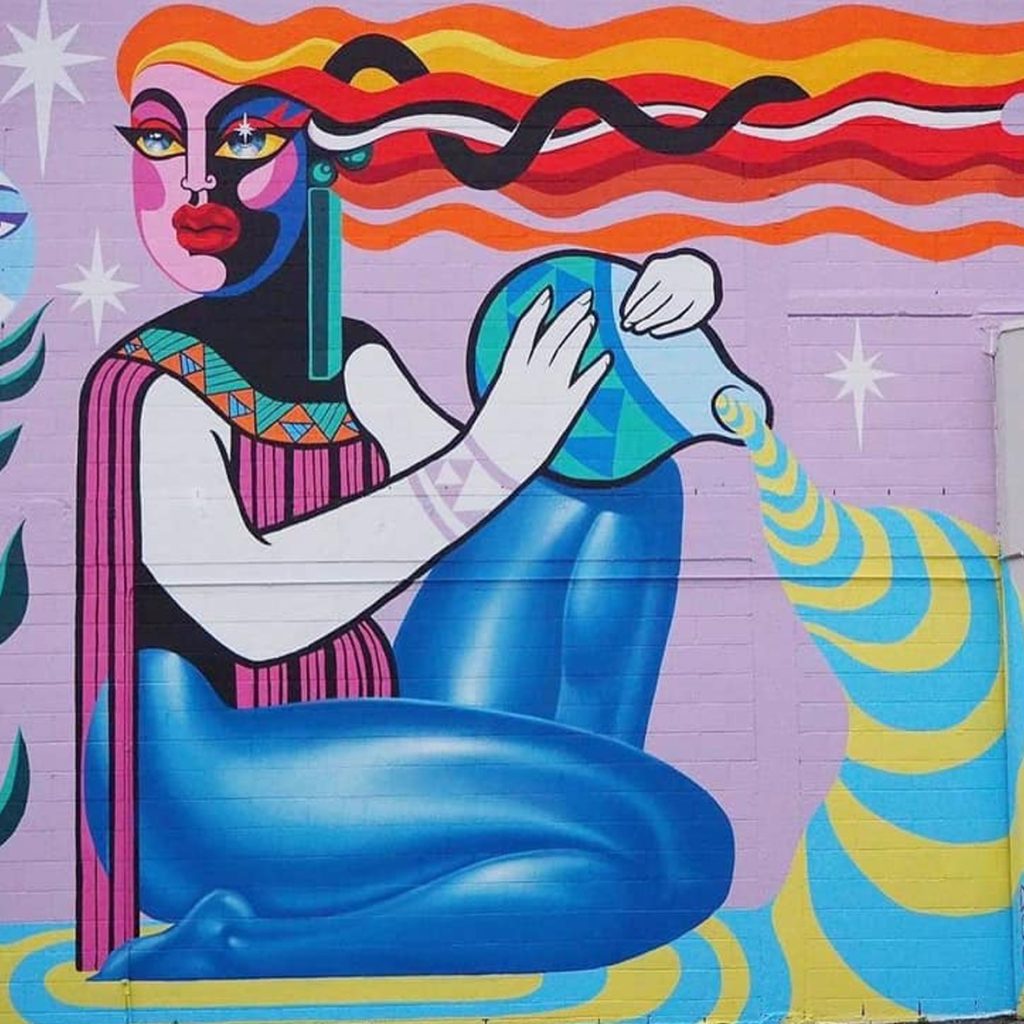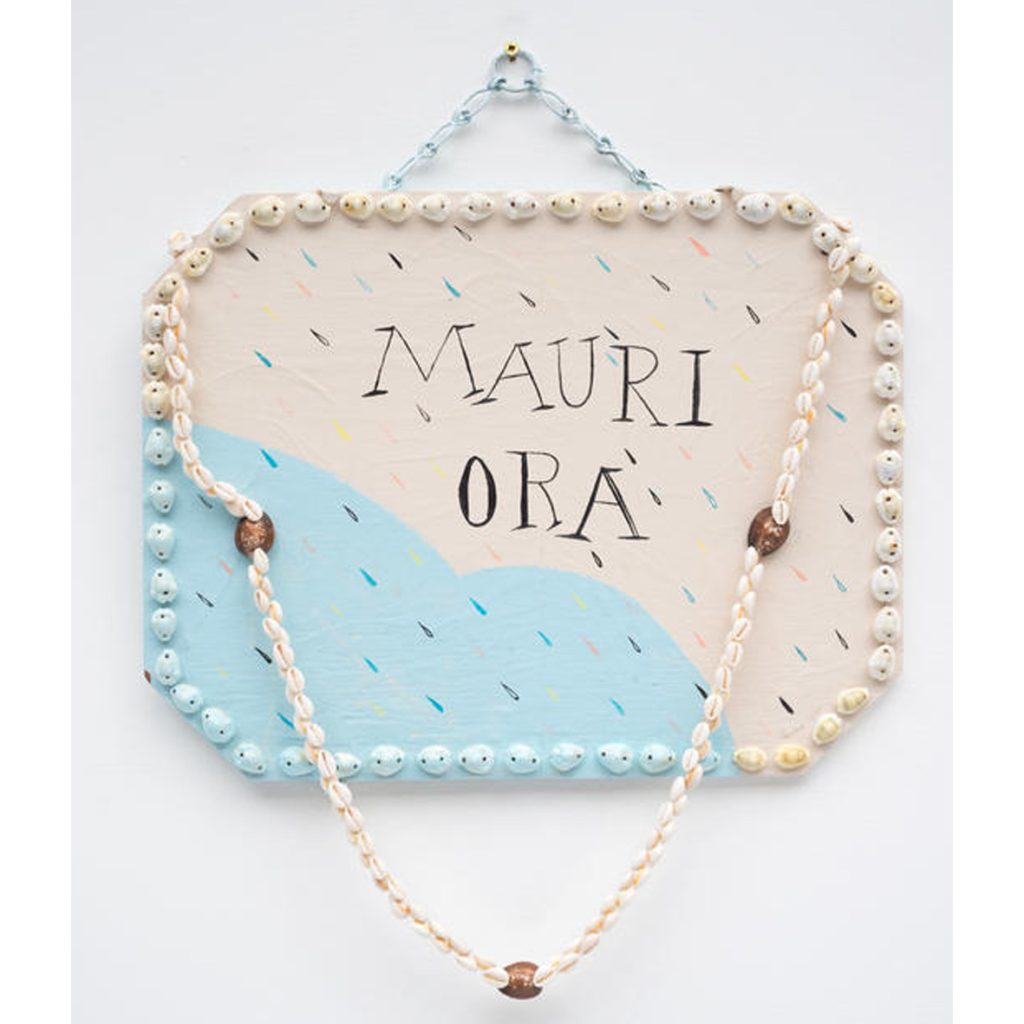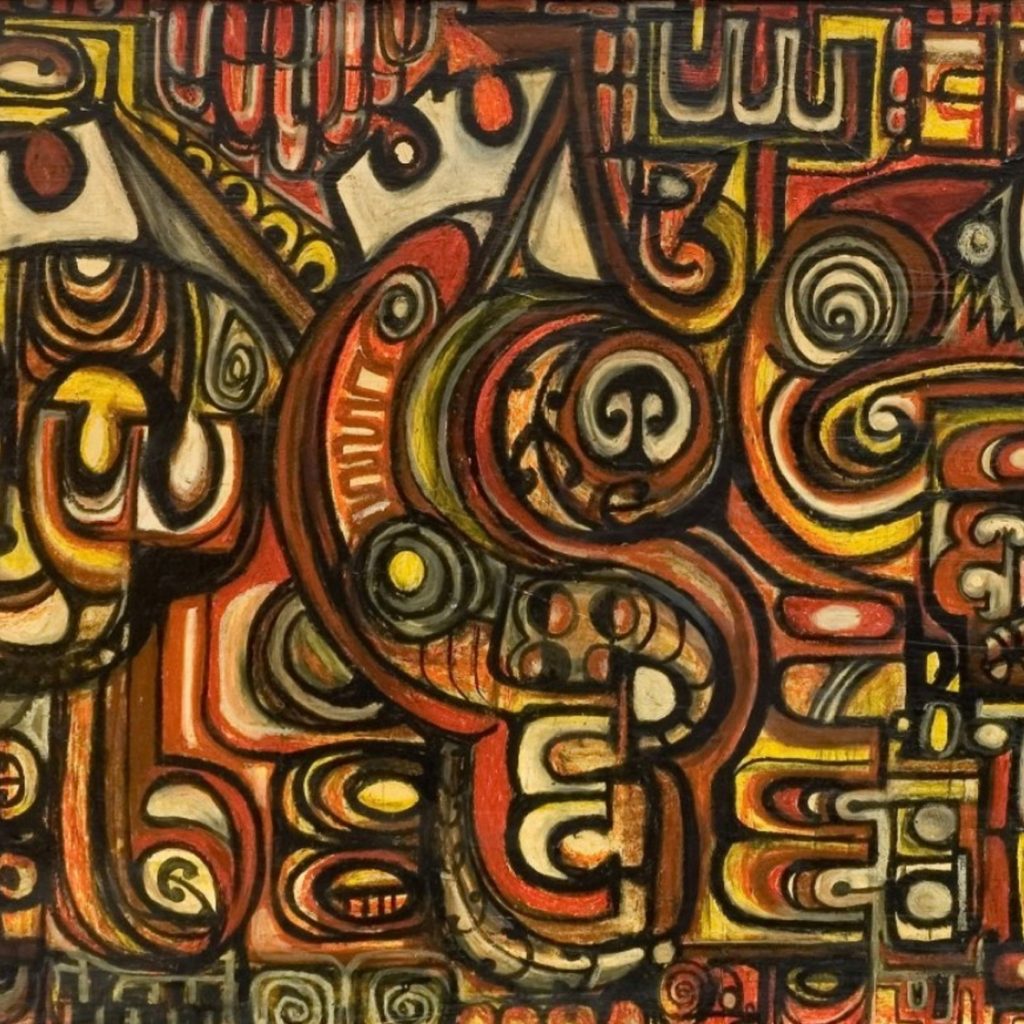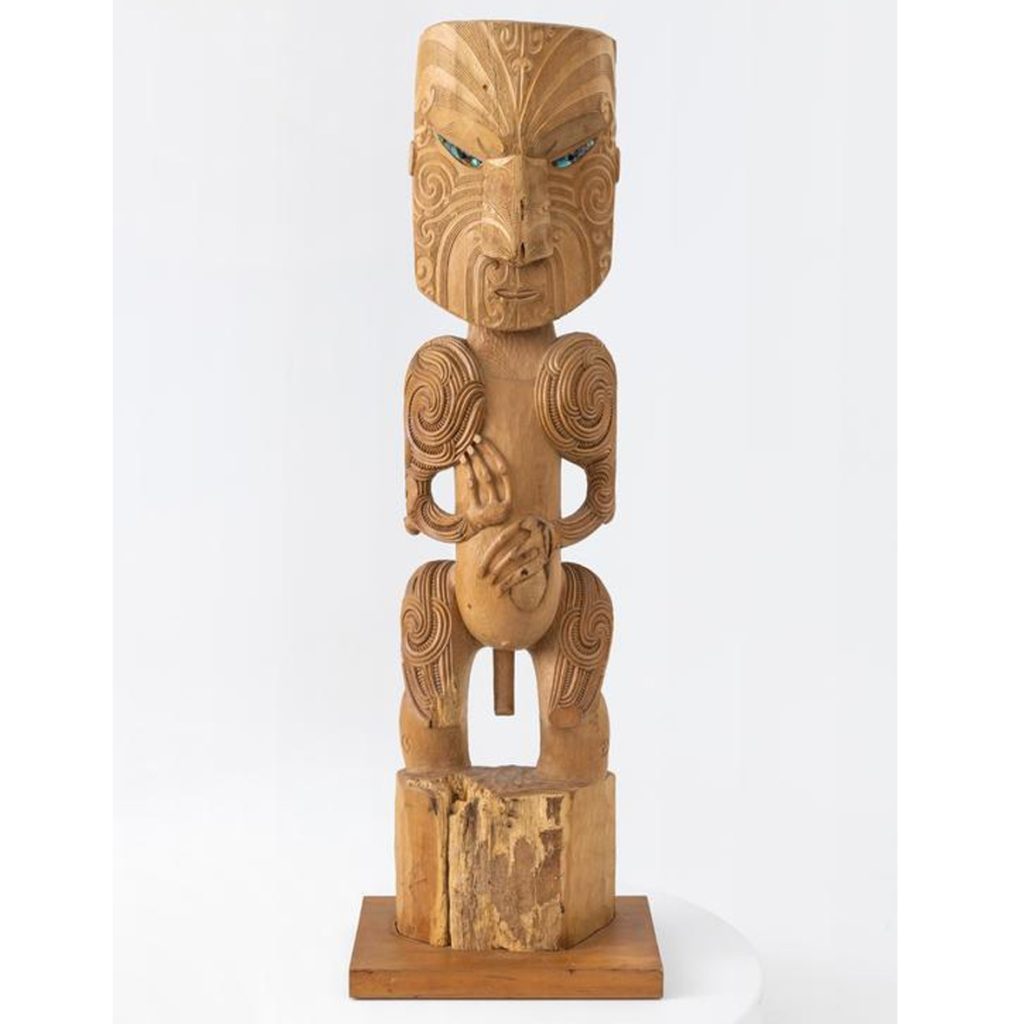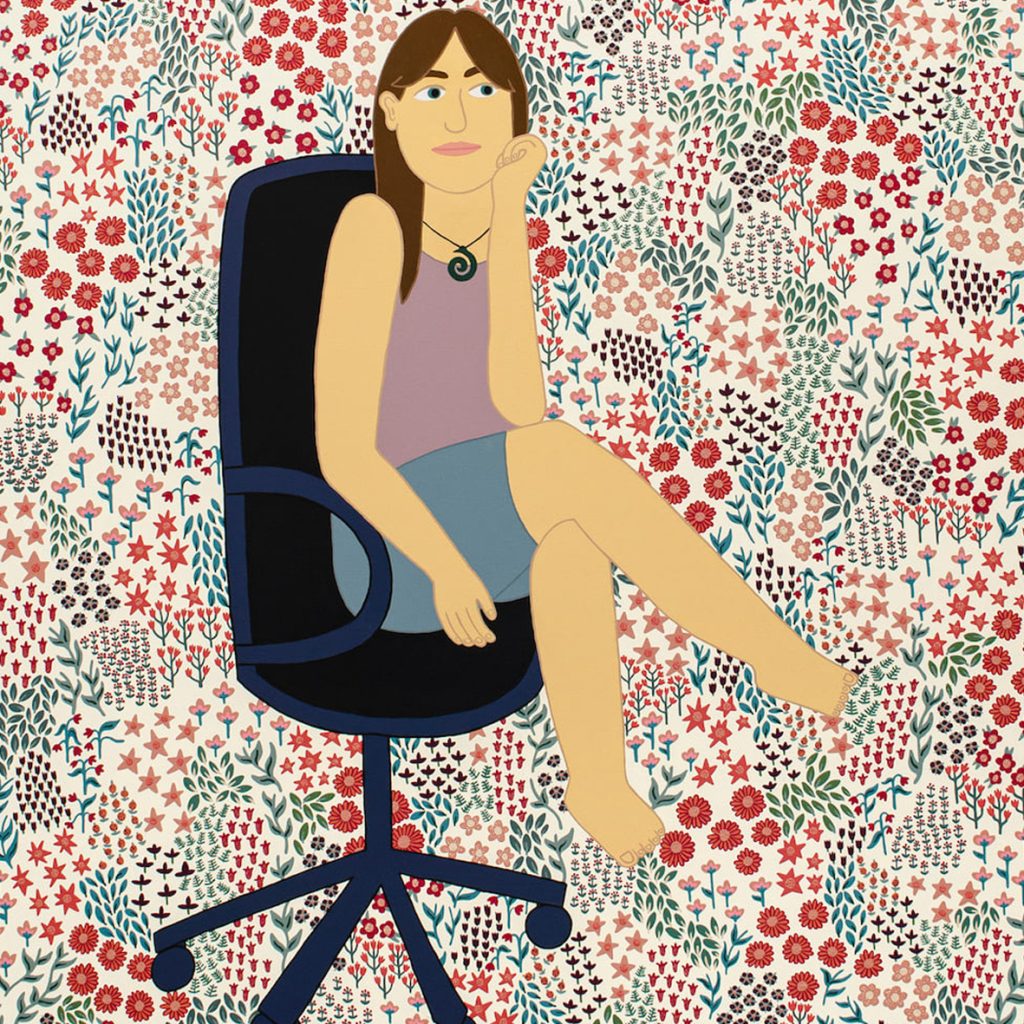Aotearoa Artists A-G
Laurence Aberhart (b. 1949)
New Zealander
Te Papa
Christchurch Art Gallery
Gow Langsford Gallery
Laurence Aberhart is a renowned photographer whose work is deeply rooted in history, both in terms of his subject matter and his choice of equipment—an antique Korona View Camera. Despite being in his seventies, Aberhart continues to produce contemporary photographs that offer a unique perspective through a historical lens. His compositions exhibit a meticulous precision while capturing an intense atmospheric quality. Aberhart’s iconic photography is a testament to his ability to balance the past and present, creating evocative images that resonate with viewers.

Sandy Adsett (b. 1939)
Iwi: Ngāti Kahungunu ki te Wairoa, Ngāti Kahungunu, Ngāti Pāhauwera
Auckland Art Gallery, Toi o Tāmaki
Pātaka Art + Museum
Sandy Adsett is a New Zealand artist and painter with experience in carving, weaving, costume and stage design with across six decades. Throughout his career he has explored Māori symbiology and given new voice to customary approaches to Māori art. The primary element in much of his work is the koru (unfurling fern frond), and he often references flora and fauna, within a paradigm of interconnectedness.
Edith Amuituanai (b. 1980)
New Zealander, Sāmoan
Edith Amituanai
Anna Miles Gallery
Edith Amuituanai (MNZM) is a New Zealand contemporary photographer of Sāmoan heritage. Her work often investigates the experiences of Pasifika peoples in urban and domestic environments in New Zealand. She is drawn to the portrait and considers her works portraiture rather than documentary photography.
Hiria Anderson-mita (b. 1974)
Iwi: Ngāti Maniapoto, Ngāti Apakura, Ngāti Maniapoto, Ngāti Rereahu,
Ngāti Maniapoto
Auckland Art Gallery, Toi o Tāmaki
Tim Melville
Anderson’s paintings often depict scenes from everyday life, such as people cooking, socialising, and engaging in cultural practices. She pays particular attention to the relationships between people, both within families and between members of different tribes, highlighting the interconnectedness of Māori society. By painting everyday life, she offers a unique perspective on the complexities of contemporary Māori culture, inviting viewers to reflect on their own relationships with their communities and the world around them.
Rita Angus (1908-1970)
New Zealander
Rita Angus was a pioneering figure in modern painting and remains highly esteemed in Aotearoa New Zealand. Angus was not only an influential artist but also a committed feminist and pacifist, and her artwork was deeply intertwined with her worldview. She had a profound desire to demonstrate a peaceful path for the present and aimed to sow the seeds of maturity in future generations through her dedication to visual art. As a female painter, she strived to portray her love for humanity and her faith in mankind.
Billy Apple® (1935-2021)
New Zealander
Barrie Bates, later known as Billy Apple, was born in Auckland, New Zealand, in 1935. Upon completing his education in 1962, he made the decision to adopt the name Billy Apple. In 1964, Apple made a significant move to New York, where he immersed himself in the creation of paintings and objects inspired by the pop art movement.
During the early 1980s, Apple’s artistic endeavors took a new direction as he began incorporating text-based works into his practice. Through these pieces, he aimed to draw attention to the intricacies of the art system and shed light on the complex network of relationships between artists, dealers, and collectors.
Reweti Arapere (b. 1984)
Iwi: Ngāti Raukawa ki te Tonga, Ngāti Raukawa, Ngāti Porou, Ngāti Tūwharetoa
Auckland Art Gallery, Toi o Tāmaki
Reweti Arapere
The Dowse Art Museum
Arapere’s artistic practice is characterised by a blending of traditional Māori narratives and artistic practices with contemporary materials and forms. He works primarily in illustration, painting, sculpture, and installation, utilising a range of media to explore his own culture. By drawing on traditional Māori artistic practices and incorporating contemporary materials and techniques, Arapere seeks to bridge the gap between modern, customary, and mythical histories, demonstrating how these narratives continue to guide Māori cultural identity.
Margaret Aull (b. 1980)
Iwi: Te Rarawa, Tūwharetoa. Fijian
Auckland Art Gallery, Toi o Tāmaki
Te Ohu Whakaita
Margaret Aull is a New Zealand-based artist who works primarily with sculpture and installation art to explore the relationship between materiality, heritage, and the sacred. As a Māori artist, Aull draws on her cultural heritage to create works that reflect her understanding of the world and her place within it.
Throughout her career, Aull has been particularly interested in the concept of tapu/tabu, which refers to the sacredness and spiritual power imbued in certain objects or places within Māori culture. Aull sees this concept as central to her artistic practice, and often uses her work as a way to explore the ways in which it operates in contemporary society.
Erena Baker (b. 1984)
Iwi: Ngāti Awa, Ngāi Tūhoe
Auckland Art Gallery, Toi o Tāmaki
Erena Baker
Erena Baker works primarily with photography to explore themes of commemoration and remembrance within the context of Māori culture. Baker’s work is deeply influenced by te ao Māori (the Māori worldview), which emphasizes the interconnectedness of all things and the importance of whakapapa (genealogy) and wairua (spirituality).
In addition to her individual practice, Baker is also a member of the Mata Aho Collective, a group of Māori women artists who work collaboratively to create large-scale installations that reflect their shared cultural heritage. The collective’s works are characterized by their use of traditional materials and techniques, such as weaving and muka (flax fiber), as well as their focus on communal authorship and the importance of collective memory.
Ed Bats (b. 1990)
New Zealander, South African
Page Galleries
Parlour Projects
Ed Bats is an artist based in New Zealand who first gained recognition as a graffiti artist, working under a pseudonym to covertly paint murals on streets both in Aotearoa and across Europe. Today, Bats is known for his minimalist aesthetic and hard-edged abstract paintings, which push the boundaries of composition and form.
Bats’ paintings are characterized by a meticulous attention to detail and a constant process of working and reworking, with each stroke of paint building towards a final composition that often reveals glimpses of the layers that came before it. In many of his works, Bats’ use of color and form creates an optical quality that immerses the viewer, drawing them into the painting itself.
Gabrielle Belz (b. 1947)
Iwi: Ngāpuhi, Te Āti Awa
Gabrielle Belz is an artist based in Aotearoa New Zealand who draws on the history of printmaking and early Māori engagement with paper and the written word in her work. Belz’s prints often reference whakataukī (proverbs) and other oral traditions, as well as weaving and carving patterns and images of birds, to engage with the rich visual and spoken histories of storytelling and narrative in Māori culture.
John Bevan Ford (b. 1930 – 2005)
Iwi: Ngāti Raukawa Ki Kapiti, Ngāti Raukawa
Auckland Art Gallery, Toi o Tāmaki
Puke Ariki
John Bevan Ford was a highly respected New Zealand artist who gained international recognition for his intricate ink drawings that incorporated traditional Māori art forms such as weaving, rafter paintings, woven cloaks, and carving patterns. His unique style often fused landscapes with kahu forms, creating a beautiful and thought-provoking body of work.
Don Binney (1940-2012)
New Zealander
Don Binney is most well-known by his iconic paintings and drawings depicting birds and landforms. Throughout his career, he demonstrated unwavering dedication to ornithology, environmental concerns, and a profound spiritual connection with the land, all of which influenced his artistic practice.
Binney’s perspective on landforms was as unique and distinct as the symbolism present in his stylised bird representations. While initially gaining recognition for capturing the essence of native and introduced birds in his art, he temporarily shifted his focus to explore other artistic mediums, including photography and collage, and a wide range of subjects.
Israel Tangaroa Birch (b. 1976)
Iwi: Ngāpuhi, Ngāti Kahungunu, Ngāi Tawake, Ngāti Rakaipaaka
Auckland Art Gallery, Toi o Tāmaki
City Gallery Wellington
Milford Galleries Dunedin
Israel Birch is a visual artist from Aotearoa who creates works using a unique process of etching, grinding, and shaping stainless steel. His use of pattern and repetition is a way to explore light, shape, and form. Birch’s work is deeply influenced by whakairo (carving) and acknowledges the relationship between Te Ao Mārama (the world of light) and Te Pō (the perpetual night), as well as issues related to the environment and our relationship to the landscape. Birch uses light and dark to explore the relationship between the physical world and its metaphysical counterpart, and the important role that taniwha play in connecting these two realms.
Buster Black (b. 1932-2007)
Iwi: Ngāti Maniapoto, Ngāti Rangi
Auckland Art Gallery, Toi o Tāmaki
Artland
Buster Black, also known as Thomas Desmond Pihama, is an enigmatic figure in New Zealand’s art history. His surviving body of work is relatively small. However, his mysterious black paintings have gained a significant place in the country’s art scene. Black’s black paintings, which are made using a technique of layering black paint on canvas, are seen as a reflection of his interest in this period of art history. His work is characterized by a stark minimalism, with the use of black paint creating a sense of depth and mystery.
Chris Booth (b. 1948)
New Zealander
Chris Booth
Brick Bay Sculpture
Chris Booth is one of New Zealand’s most internationally recognized sculptors. Throughout his career, Booth has maintained a focus on art in nature, primarily working with stone. However, in recent times, his attention has shifted towards creating living sculptures in stone and wood that evolve and degrade over time, serving as habitats for fungi and other organisms.
Nigel Brown (b. 1949)
New Zealander
Nigel Brown’s work is concerned with the realities of the human condition. He is able to merge tension with personal narratives that revolve around social issues within the backdrop of New Zealand’s topography. He possesses a deep-rooted awareness of the intricate interplay between individuals and their surroundings. Within his artworks using a range of symbols, such as ferns, black singlets, dogs, James K. Baxter, and Captain Cook, serve as poignant reflections of his personal encounters, observations, and convictions.
Chris Bryant-Toi (b. 1970)
Iwi: Ngāti Ruawaipū, Ngāti Porou
Auckland Art Gallery, Toi o Tāmaki
Te Ātinga, Contemporary Visual Arts
Chris Bryant-Toi is a New Zealand artist who works primarily in painting, sculpture, and installation, and like Brett Graham, his work draws on Māori architectural forms made from wood, such as heke and poutokomanawa. Bryant-Toi’s sculptures are known for their intricacy and attention to detail, and he often incorporates traditional Māori motifs and patterns into his works. He also uses the technique of firing his sculptures, which gives them an appearance of age and weathering, reflecting the importance of cultural heritage and continuity in Māori culture.
Helen Calder (b. 1955)
New Zealander
Auckland Art Gallery
Helen Calder
Te Papa
New Zealand artist Helen Calder’s practice defies the boundaries between painting and sculpture, seamlessly merging the two forms. Her creations are brimming with vibrancy, vivacity, and provocation, captivating viewers with their rich colors and intriguing compositions. Departing from the traditional supports of painting, such as frames, canvases, and even surfaces, Calder unleashes the potential of paint in unconventional contexts. Through her innovative approach, she showcases the versatility of paint and illuminates numerous overlooked possibilities within a medium that some hastily dismiss as stagnant and obsolete.
Tangimoe Clay (b. 1960)
Iwi: Te Whakatōhea, Ngāti Ngahere, Te Whakatōhea
Auckland Art Gallery, Toi o Tāmaki
Te Papa
Tangimoe Clay is a kairaranga/weaver from Ōpōnae, New Zealand, who uses natural fibers, particularly harakeke (flax). She has a strong understanding of the different types of flax and their uses on her marae’s plantation and was taught the traditional techniques of flax weaving by kuia (female elder) Maggie Tai. Clay’s weaving practice is experimental, and she seeks to echo the traditions and techniques of Māori weaving in her work.

Paerau Corneal (b. 1961)
Iwi: Ngāti Tūwharetoa, Te Āti Haunui-a-Pāpārangi
Auckland Art Gallery, Toi o Tāmaki
Quartz Museum of Studio Ceramics
Paerau Corneal is a Māori visual artist born in Rotorua, New Zealand, in 1961. Corneal primarily works with clay, and draws inspiration from her Ngāti Tūwharetoa and Te Ātihaunui-a-Paparangi heritage to explore the principle of mana wāhine, which is the authority and power of Māori women. Her art celebrates the strength, intelligence and resilience of Māori women as expressed through customary narratives and contemporary life. Corneal’s work often features female figures and motifs such as the koru (fern frond) and poutama (stairway), which represent growth and achievement.
Shane Cotton (b. 1964)
Iwi: Ngāpuhi, Ngāti Rangi, Ngāti Hine, Te Uri Taniwha
Auckland Art Gallery, Toi o Tāmaki
Gow Langsford
Ocula
Shane Cotton is a well-known artist both in New Zealand and internationally. He rose to prominence in the 1990s as a key figure in the revitalization of contemporary Māori art. His artistic practice often revolves around exploring his own bicultural identity, as well as the collective cultural identity of New Zealand. Cotton’s works often feature symbols and motifs from both Māori and Pākehā cultural histories. He draws heavily on post-contact Māori art in his paintings, creating fragmented images that form a landscape of memory. Through his work, Cotton prompts conversations about nationhood, identity, and history in Aotearoa/New Zealand.
Natalie Couch (b. 1976)
Iwi: Ngāti Te Rangiita, Ngāti Tūwharetoa, Ngāti Tūwharetoa, Te Arawa
Auckland Art Gallery, Toi o Tāmaki
Kura Gallery, New Zealand art + Design
Natalie Couch is a multidisciplinary artist whose practice explores the relationship between humans and their natural surroundings, with a particular focus on land, cultural heritage, and Māori self-determination. Her works often reflect a deep reverence for whenua (land) and taonga tuku iho (historic treasures), and are informed by her ancestral connections to specific places. Couch’s practice spans a range of mediums, including painting, sculpture, installation, and performance, and is characterised by a strong spiritual and emotional resonance. Her works often invite viewers to contemplate their own relationship with the natural world and their responsibility as kaitiaki (guardians) of the land.
Derek Cowie (b. 1956)
New Zealander
Derek Cowie is known for his paintings that feature everyday objects presented on a grand scale. Objects such as teacups, saucers, jugs, books, and axes appear frequently in his work, and are often depicted in a way that overwhelms the viewer. Over several decades, Cowie has developed an obscure iconography or visual system, intentionally flawed, that he uses in his paintings. The objects in his paintings often take on a new symbolic significance, inviting the viewer to consider their relationship with the objects in their own lives.
Paul Darragh (b. 1982)
New Zealander
Bemodern
Instagram
Tauranga Art Gallery
Paul Darragh is a New Zealand artist and designer from Mount Maunganui. His painting practice encompasses both traditional canvases and large-scale murals and outdoor paintings. Utilising acrylic and airbrush techniques, Darragh’s work combines his background as an abstractionist with a distinct graphic sensibility. Darragh employs flat colors to meticulously depict shapes and icons in his artwork. He skillfully plays with depth through illusionistic shadows and patterns, creating a dynamic visual experience. His artistic process is not confined to mere aesthetics; it is also deeply rooted in engaging with global current events and cultural movements.
Paul Dibble (b. 1943 – 2023)
New Zealander
Milford Galleries
Gow Langsford Gallery
Brick Bay Sculpture Trail
Paul Dibble was one of New Zealand’s most well known sculptors specialising in bronze casting. His artworks delve into the cultural mix and colonial history of New Zealand, as well as its abundant natural beauty. Throughout his career, Dibble worked in both figurative and abstract styles, constantly pushing the boundaries of these forms to reveal their limitless possibilities.
Davina Duke (b. 1976)
Iwi: Ngātiwai, Ngāti Rehua, Patuharakeke, Taitokerau
Auckland Art Gallery, Toi o Tāmaki
Davina Duke is a New Zealand ceramicist born in Tāmaki Makaurau/Auckland. Her practice explores the form and layers of clay. Using a ‘sgraffito’ scratching technique, she embellishes her vessels with puhoro patterns that connect with her Tai Tokerau whakapapa.
Dagmar Vaikalafi Dyck (b. 1972)
New Zealander, Tongan, German
OREX Art
Creative Matters
The Pantograph Punch
Dagmar Vaikalafi Dyck is a New Zealand visual artist and educator of Tongan and German heritage. She has a Bachelor of Fine Arts degree from Elam School of Fine Arts in 1994, followed by a Post-Graduate Diploma of Fine Arts in 1995, marking her as the first woman of Tongan descent to achieve this milestone. Dyck’s artistic journey often draws inspiration from her rich cultural background, focusing particularly on the textile traditions of Tonga. Notably, in 2012, she took on the role of co-curator for ‘No’o fakataha,’ a noteworthy collaborative exhibition featuring Tongan artists.
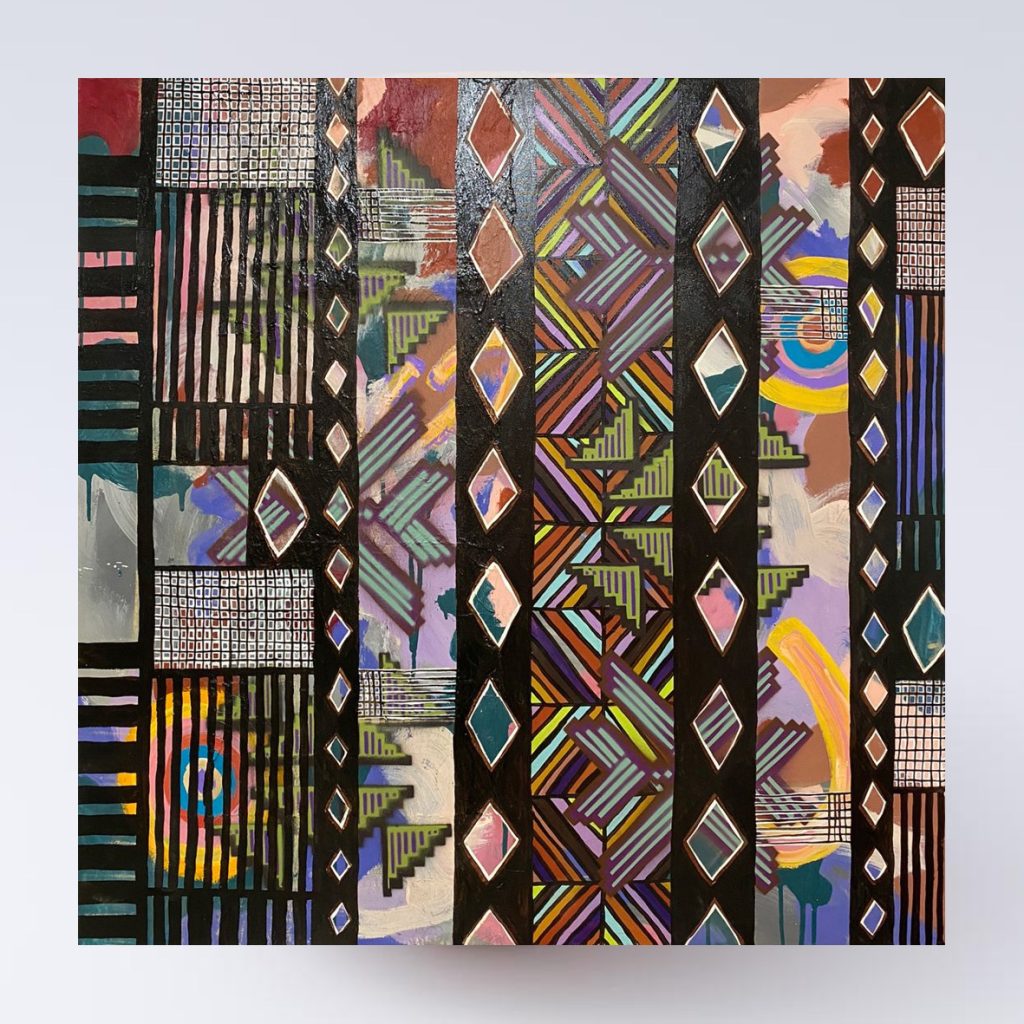
Bethany Matai Edmunds
Iwi: Ngāti Kurī, Pohotiare, Ngāti Kurī
Auckland Art Gallery, Toi o Tāmaki
Bethany Matai Edmunds is an artist and curator who uses her practice to re-imagine tūpuna kōrero (ancestral stories) in order to articulate Māori urban perspectives and retain ngā taonga tuku iho (the skills passed down from ancestors) for future generations.
Through her work, Edmunds seeks to create a bridge between the traditional stories and practices of her ancestors and the contemporary realities of Māori urban life. By re-imagining these stories and perspectives, she is able to offer a new perspective on Māori culture that speaks to the complexities and challenges of modern urban existence.
Vanessa Wairata Edwards (b. 1980)
Iwi: Ngāti Tūwharetoa, Whakatohea, Ngāti Kuri
Auckland Art Gallery
Vanessa Wairata Edwards Art
The Poi Room
Vanessa Waitara Edwards is a New Zealand visual artist who works primarily with printmaking, and is a founding member of Toi Whakaata Māori Print Collective. Her interest in weaving often influences her creative process, this interest is manifested in various ways: some of her works feature woven textures as surfaces, while in others, weaving motifs seamlessly blend into the printed designs. An enduring element within her printmaking is the exploration of tikanga Māori and matauranga Māori within contemporary contexts, representing consistent themes that characterise her artistic practice.
Zena Elliott (b. 1976)
Iwi: Ngāti Awa, Te Whānau-ā-Apanui, Ngāti Rangitihi, Ngāi Te Rangi
Te Arawa
Milford Galleries
Waikato Museum
Zena Elliott’s paintings are an exploration of the intersection between Māori identity and urban society, as well as the transmission of knowledge and the construction of narrative. By incorporating traditional Māori patterns and forms into a stylised visual language that also draws on influences from abstract, stencil, and street art, Elliott creates a unique artistic voice that challenges conventional notions of national, personal, and cultural identity.
Elizabeth Ellis (b. 1945)
Iwi: Ngāpuhi, Ngāti Porou
Auckland Art Gallery, Toi o Tāmaki
Elizabeth Ellis’s artworks are a beautiful and evocative exploration of the importance of one’s tribal kāinga and the role of whakapapa and wahine Māori in shaping identity. Through expressive painted surfaces that recall the landscapes and landmarks of her people, Ellis creates a powerful connection between the viewer and the land, and between the present and the past.
Lusi Faiva
Patamea, Savai’i Samoa
Lusi Faiva is an award-winning stage performer and dancer from Patamea, Savai’i Samoa. Her performances primarily fall within the contemporary genre and contact improvisation, but she also incorporates elements of her Samoan culture through the traditional dance form known as siva.
Through her performances, Faiva creates a unique and dynamic fusion of contemporary dance and traditional Samoan culture. Her work is characterized by a fluid and expressive movement style, as well as a deep connection to her cultural roots and identity.
Fatu Feu’u (b. 1946)
Sāmoan
Auckland Art Gallery
ARTIS Gallery
Te Papa
Fatu Feu’u was born in the village of Poutasi Falealili on the island of Upolu in Samoa and moved to New Zealand in 1966. Through his paintings, prints, and sculptures, Feu’u has breathed new life into traditional design motifs, imbuing them with renewed significance. Elements like tatau (tattoo), siapo (barkcloth), ufimata (masks), lalaga (weaving), gogo (frigate bird), and lapita pottery have all come together to shape his visual portrayal of Samoan legends and fa’asamoa (Samoan culture). In his depiction of Tapa’au (woven coconut mat), the white fuga or fragrant frangipani blossom, along with the presence and calls of the frigate bird, serve as potent symbols of birth and life that resonate deeply with Samoan culture.
Jacqueline Fraser (b. 1956)
Iwi: Ngāi Tahu, Kāti Māmoe
Jacqueline Fraser is a Māori visual artist who gained recognition in the late 1970s for her sculptural environments that were constructed from inexpensive and disposable materials. Her unconventional use of materials such as plastics and found objects, combined with her disregard for authenticity, gave her works a unique status locally. Her works often shifted between natural and synthetic states, and were characterized by a sense of experimentation and innovation.
As Fraser’s practice evolved, she began to incorporate figurative reference points, motifs, and text that had a more direct relationship to her Māori cultural heritage. By the late 1980s, her works had become more explicitly connected to her Māori identity and culture, incorporating symbols and themes that spoke to her heritage and the experiences of her people.
Dick Frizzell (b. 1943)
New Zealander
Dick Frizzell is a New Zealand artist whose work is characterised by a highly skilled handling of paint and a diverse range of subject matter and styles. His oeuvre includes faux-naive New Zealand landscapes, figurative still-lifes, comic book characters, and parodies of modernist abstraction.
Although sometimes controversial, Frizzell’s work often reflects a sense of exuberance, ironic humor, and baby-boomer nostalgia. He has a broad taste and a penchant for fondly remembered and well-worn clichés, which he skillfully re-contextualises in his art. Through his work, Frizzell often pokes fun at the intellectualization of ‘high art’ and the existential angst that was pervasive in the New Zealand painting culture of his youth.

Tanu Gago (b. 1983)
New Zealander, Sāmoan
Tanu Gago (MNZM) is an interdisciplinary visual artist who works at the intersections of filmography, animation, digital arts and interactive technologies. He is a member of the Queer Indigenous Arts Collective FAFSWAG and draws on his own cultural experiences and perspectives to create art that explores issues that include gender and ethnic identities. .

Darryn George (b. 1970)
iwi: Ngāpuhi
Darryn George’s art is deeply rooted in the tradition of geometric abstraction. His use of clean lines, bold colors, and precise compositions reflects the influence of pioneers such as Mondrian and the de Stijl movement. However, what sets George apart from his predecessors is his incorporation of cultural references into his work.
George’s works are not solely about formalism; they also address cultural issues and references. His use of Māori kowhaiwhai designs reflects his cultural heritage, and his incorporation of pop art colors and images from popular culture speaks to a contemporary audience. By doing so, George creates a unique dialogue between his work and its viewers, who are invited to consider the intersection between cultural identity and abstract art.
Steve Gibbs (b. 1955)
iwi: Ngāi Tāmanuhiri, Rongowhakaata, Rongomaiwahine
Auckland Art Gallery, Toi o Tāmaki
Toihoukura
Te Papa
Steve Gibbs’ artistic technique of layering translucent washes of acrylic with personalised references to his iwi creates a unique visual language that reflects his cultural heritage and personal experiences. As a visual linguist, he explores the world through signs and symbols, utilising traditional mediums such as carving, painting on board, and works on canvas to convey his message.
Steve’s work is informed by cosmogeneological layers, which explore the connections between humans, nature, and the solar system. This adds an additional layer of depth to his work, allowing for a deeper understanding of the subconscious connection between humanity and the world around us.
Max Gimblett (b. 1935)
New Zealander
Max Gimblett
Gow Langsford Gallery
Instagram
Max Gimblett is a New Zealand painter whose artistic philosophy and practices draw inspiration from a diverse range of sources, including Abstract Expressionism, Modernism, Eastern and Western spiritual beliefs, Jungian psychology, and ancient cultures. This broad range of influences allows Max to create work that is both deeply personal and universally relevant, appealing to an international audience.
Star Gossage (b. 1973)
Iwi: Ngātiwai, Ngātiwai, Ngāti Manuhiri, Ngāti Ruanui (Taranaki), France, Portugal
Auckland Art Gallery, Toi o Tāmaki
Page Galleries
Star Gossage is a painter from Aotearoa who incorporates film, theatre, and poetry into her creative practice, adding a multi-dimensional quality to her work. Her paintings are deeply influenced by the natural world, and her color palette reflects this, with pigments sourced from fish oils, burnt kauri gum, clay, lime, and earth.
One of the recurring motifs in Gossage’s work is the female figure, which often emerges in her paintings. These figures reference not only herself but also her whānau and the spiritual essence of wāhinetanga. Through her paintings, Star explores the interconnectedness of nature and humanity, often using her personal experiences as a lens through which to view the world.
Miriama Grace-Smith
Iwi: Ngāti Hau, Ngāti Maniapoto, Ngāti Toarangatira, Ngāti Porou
Instagram
Miriama Grace-Smith Portfolio
Dream Girls Art Collective
Miriama Grace-Smith is a visual artist based in Poneke, Wellington. Her creative endeavors span across various areas within the arts. Not only is she a skilled artist, but she also takes on roles as a curator, muralist, illustrator, designer, fashion designer, film costume designer, and art director. As a member of the Dream Girls Collective, Miriama collaborates with fellow artists Xoe Hall and Gina Kiel to produce compelling and innovative artwork. Additionally, she works in collaboration with the New Zealand brand Moana Rd, contributing her designs to their products.
Brett Graham (b. 1967)
Iwi: Ngāti Koroki Kahukura, Tainui
Auckland Art Gallery
City Gallery Wellington
Brett Graham
Brett Graham is a New Zealand sculptor known for his large scale artworks and installations that consider indigenous histories, politics, and philosophies. Graham’s sculptures are concerned with the complex experiences of indigenous peoples within the context of colonialism. Through his art, he places a significant emphasis on the relationships between Māori and other colonised cultures, shedding light on their shared struggles and the impact of colonial processes on their lives. His work acknowledges the intricate connections between local and global histories, specifically focusing on themes of adaptation, weaponisation, and violence.
Charlotte Graham (b. 1972)
Iwi: Ngāti Mahuta, Ngāi Tai ki Tāmaki, Ngāti Whanaunga, Ngāti Pāoa,
Ngāti Tamaoho, Scotland
Auckland Art Gallery, Toi o Tāmaki
Britomart
Charlotte Graham’s painting practice involves using repurposed objects, mixed media materials, illustrative designs, and a distinctive pastel color palette. Her work explores collective well-being, healing, and the interrelationships of natural life in te ao Māori.
Through her paintings, Charlotte creates a visual narrative that explores the relationship between people and the land, interweaving images and text from historical documents, poetry, and music. She is particularly interested in how past and present experiences shape our sense of identity and connection to the environment.
Fred Graham (b. 1928)
Iwi: Ngāti Koroki Kahukura
Auckland Art Gallery, Toi o Tāmaki
The Arts Foundation
Fred Graham’s is a sculptor and painter from Aotearoa whose work is concerned with the integration of Māori mythology and art practices with Western modernism. In his paintings, Graham often abstracts and simplifies customary forms, combining traditional Māori motifs and symbols with modernist techniques such as bold color blocks and strong lines. This fusion of styles creates a unique visual language that reflects his cross-cultural influences. In his sculptural works, Graham employs a range of media, including stainless steel, fiberboard, and stone, to create abstract forms that reference Māori mythology and cosmology. He often incorporates traditional Māori carving techniques and motifs, while also experimenting with modernist materials and methods.
Lyonel Grant (b. 1957)
Iwi: Ngāti Pikiao, Ngāti Rangiwewehi, Te Arawa, Te Arawa
Auckland Art Gallery, Toi o Tāmaki
The Arts Foundation
Lyonel Grant is a kaiwhakairo/carver and sculptor who works with a variety of materials including wood, stone, bronze, glass, ceramics, and paint. His work reinterprets traditional Māori carving forms and motifs using Western sculptural materials and techniques. Grant is known for his exceptional ability to trust his instinct in pushing the boundaries of a medium. He can take a simple tool, such as the adze, and shape a waka hull with precise, symmetrical lines. Having learned from time-honoured disciplines, he endeavours to advance the visions of traditional practice by using his own unique methods.
Ayesha Green (B. 1987)
Iwi: Ngāi Tahu, Kai Tahu, Ngāti Kahungunu
Auckland Art Gallery, Toi o Tāmaki
McCahon House
Jhana Millers
Ayesha Green is a contemporary Māori artist whose paintings are often characterised by the use of block color and flattened image style, often depicting historical events or figures, as well as moments from everyday life. Her work focuses on the visual language of nation building and makes a highly original contribution to the language of painting, specifically the portrait, in Aotearoa.
In addition, Green’s provocative engagement with processes of reproduction undermines the authority of symbolic objects and pushes back at European-centric practices of anthropology and classification. She draws on a wide range of references and attempts to transmute the power of inherited objects and images by establishing new readings. This challenges the demonstrable military and cultural domination of our shared colonial history
